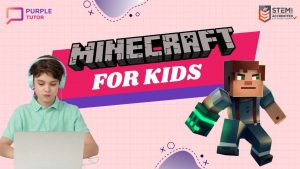What is the importance of Class 8 Math?
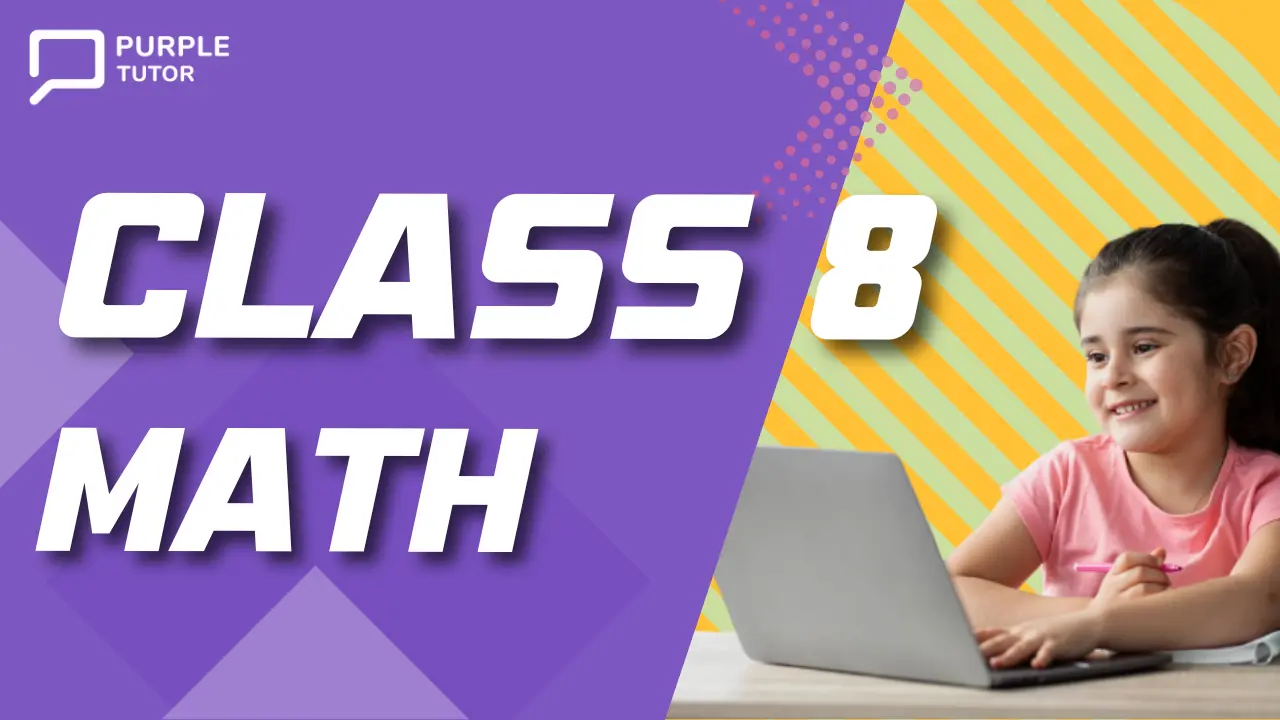
Class 8 Math is important in a student’s academic life since it lays the foundation for higher-level mathematics in subsequent grades and beyond. It introduces students to various mathematical concepts, principles, and problem-solving techniques that will be built upon in higher grades. While studying Class 8 Math, students learn new concepts such as rational numbers, powers and exponents, squares, cubes, square and cube roots, practical Geometry, probability, and algebra. All of these concepts will be explored in greater depth in the next 2 years after Class 8 Math, so it is imperative that students understand the introductory content of these concepts well, and develop an interest and liking for them.
Students of this age will be curious about the world around them, and be able to understand and appreciate how many of the Math concepts that they have learned from a young age are applied in the real world. Class 8 Math introduces students to practical applications of mathematics, enabling them to make sense of and navigate the world around them.
In Class 8, students are expected to start developing and honing their critical thinking, logical reasoning, and problem-solving skills. Class 8 Math challenges students to analyze problems, think logically and find solutions using mathematical principles and techniques.
Class 8 Math serves as a stepping stone for board examinations or standardized tests that students may encounter in the future. Understanding and performing well in Class 8 Math is crucial for academic progress and achieving higher scores in these examinations.
What is covered in Class 8 Math?
The specific content of Class 8 Math varies depending on the education system and curriculum followed, which will differ region-wise, and according to the different school boards. However, here is a listing of the common core topics covered in Class 8 Math, across all school boards and regions:
- Number theory: Properties of numbers, divisibility tests, prime and composite numbers, and solving problems related to divisibility.
- Rational Numbers: Definition of rational numbers, Identifying them by their decimal expansions, Operations on rational numbers, representation on the number line, and properties of rational numbers.
- Linear Equations in One Variable: Solving linear equations, word problems based on linear equations, and practical applications.
- Understanding Quadrilaterals: Properties and classification of quadrilaterals, special types of quadrilaterals like squares, rectangles, parallelograms, rhombus, and trapezium.
- Practical Geometry: Construction of geometrical figures like triangles, quadrilaterals, and circles using a ruler and compass.
- Data Handling: Collection, organization, and presentation of data using bar graphs, pie charts, and histograms. Measures of central tendency like mean, median, and mode.
- Squares and Square Roots: Properties of squares, square roots, and their applications.
- Cubes and Cube Roots: Properties of cubes, cube roots, and their applications.
- Comparing Quantities: Understanding ratios, proportions, percentages, and their applications in solving problems related to discounts, interest, etc.
- Algebraic Expressions and Identities: Introduction to algebraic expressions, simplification, and evaluation of algebraic expressions, and identities.
- Visualizing Solid Shapes: Identification and properties of various 3D shapes like cubes, cuboids, cylinders, spheres, cones, and prisms.
- Exponents and Powers: Laws of exponents, simplifying expressions involving exponents, and scientific notation.
- Direct and Inverse Proportions: Understanding direct and inverse proportions, and solving problems based on them.
- Factorization: Finding the factors of algebraic expressions, factorization using common factors, and factorization by grouping.
- Introduction to Graphs: Representation and interpretation of data using graphs, types of graphs like bar graphs, line graphs, and pie charts.
- Probability: Understanding the basic definition of probability, learning about experiments and outcomes, sample space, and finding the probability of different kinds of events.
How to maximize learning Class 8 Math?
The fundamental principles of Algebra such as the distributive property, simplification of expressions, and solving linear equations are introduced in Class 8 Math. These are essential for solving Quadratic Equations, taught in the higher grades. Without a solid foundation in Algebra, students may find it challenging to understand and solve Quadratic Equations effectively. The same is applicable to other advanced topics covered in the higher grades of Class 9 and 10.
Students of Class 8 Math must maximize learning so as to ensure a solid foundation and deep understanding of the basic concepts. There are several tried and tested ways to do this.
- Attend Classes Regularly
- Practice Regularly
- Solve a Variety of Problems
- Seek Clarification
- Utilize Resources
- Review and Revise
- Apply Math in Real-Life Situations
- Stay Organized and Manage Time
We at PurpleTutor can help students in all these ways.
How can PurpleTutor help students of Class 8 Math excel?
PurpleTutor is a versatile online learning platform imparting quality education in Math and Coding. We offer comprehensive courses and resources to help students of Class 8 Math excel.
PurpleTutor can help students prepare for Class 8 Math in these ways:
Regular Classes – By attending the online sessions regularly, students will be in constant touch with the subject.
Regular Practice – We provide plenty of worksheets on each topic, on which students can improve their problem-solving skills and the speed of their calculations.
Solving a Variety of Problems – Our online sessions and worksheets expose students to different kinds of problems on each concept, so that students learn to identify, categorize and solve unseen problems easily.
Seeking Clarification – Students are encouraged to clarify doubts and seek guidance from their tutors, who are dedicated to solving the queries.
Valuable Resources – Our Math courses incorporate exciting online tools and virtual Math manipulatives for demonstrating abstract concepts clearly and in a fun, visually appealing way.
Review and Revision – We have assessments at each module end and provide feedback to students and parents, and help them improve their performance.
Application of Math to Real-Life Situations – The course content wherever possible, illustrates concepts by showing their practical applications in the real world.
Organizing and Management of Time – Students can make optimum use of their time, by structuring their schedules around their school and online classes, and making sure their assignments are done regularly.
To summarize, PurpleTutor is completely committed to enhancing the academic performance of Class 8 Math students.
Detailed Course Content and Duration
You can explore the detailed content of our Class 8 Math courses here –
Grade 8 Math- Duration – 100 hours, Click here for more details.
Frequently Asked Questions
1. Is there a free demo class?
A: Yes. At PurpleTutor, we give one free demo class, which can be booked from the booking link. We encourage you to take the class and assess the experience.
2. What are the topics in class 8 Math?
A. The topics are Rational Numbers, Exponents and Powers, Squares, Cubes, Square and Cube roots, Polynomials, Linear Equations in One Variable, Triangles, Coordinate Geometry, Circles, Mensuration, and Probability.
3. Is Class 8 Math Easy?
A. Class 8 Math is the starting point for the advanced topics taught in the higher grades, so yes, it is easy, since this will be the introductory content, which is basic, and easy to understand. Having said that, it is still important to constantly review and practice.
4. Will I get personal attention in the Math online classes?
A. Yes, we have only one student in a session. So, you will get the complete attention of your tutor.
5. Will I get enough practice in the Math online classes?
A. PurpleTutor provides plenty of worksheets and assignments on all course topics in addition to textbook exercises. So, yes, you will get sufficient practice.
6. Do you conduct tests and mock exams?
A. At the end of every topic, the student’s understanding of the concepts is assessed.
7. Will taking online classes for class 8 Math be better than in-person Math coaching classes?
A. Yes, if you also factor in the time spent traveling to in-person classes., and also consider the fact that offline coaching classes tend to have many students in a single batch.
8. What is the prerequisite for enrolling in the class 8 Math online course?
A. Before enrolling in a Class 8 Math online course, it is recommended that students have completed Class 7 Math and have a good grasp of the following topics: Quadrilaterals, Triangles, Coordinate Geometry.
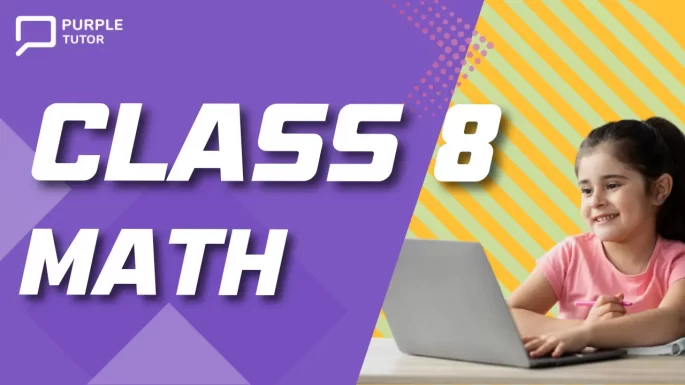

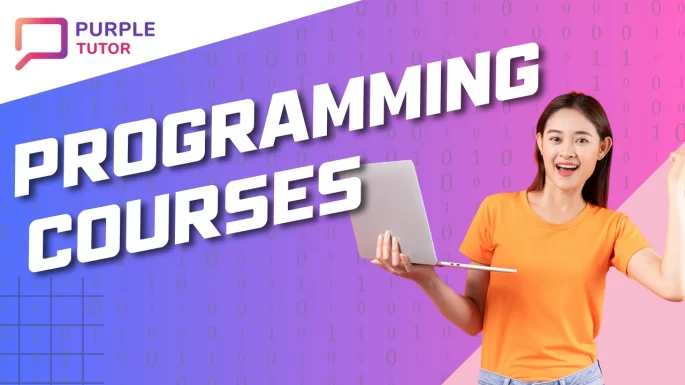
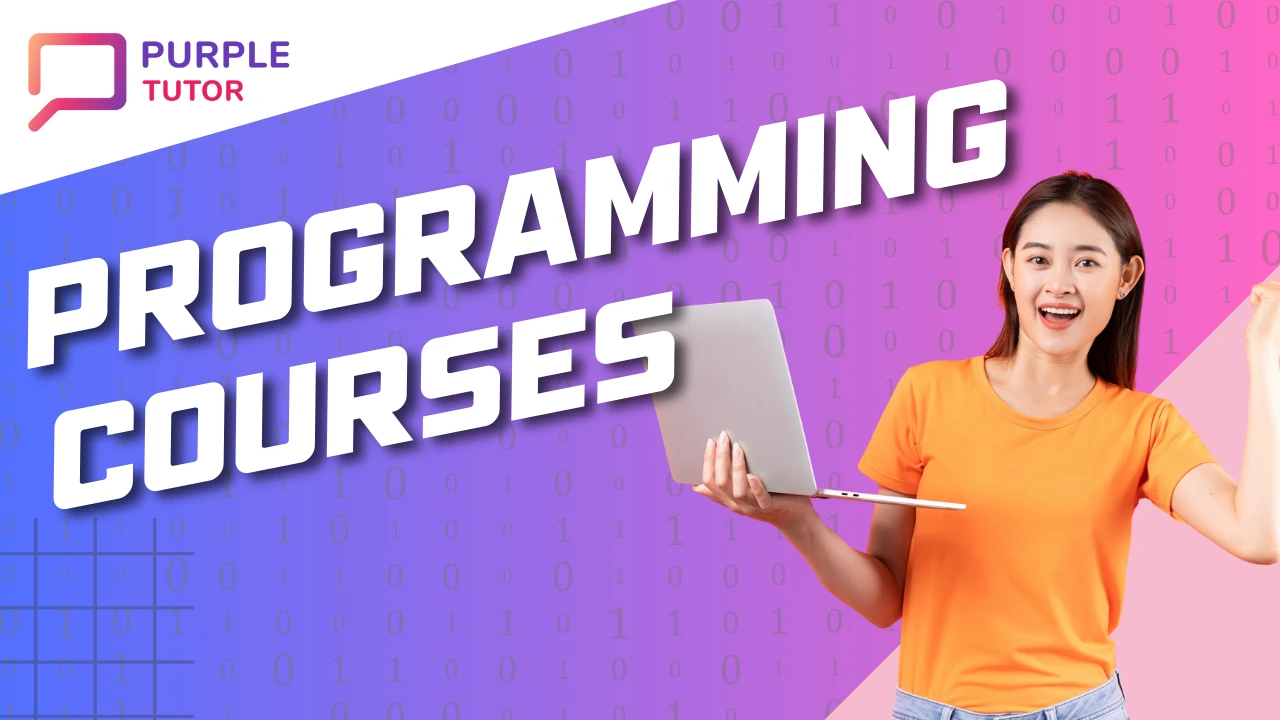

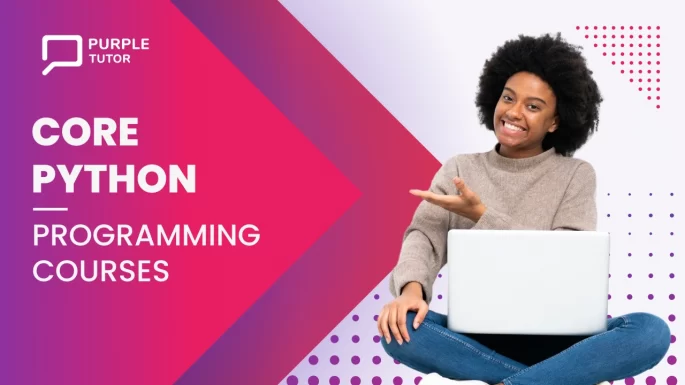
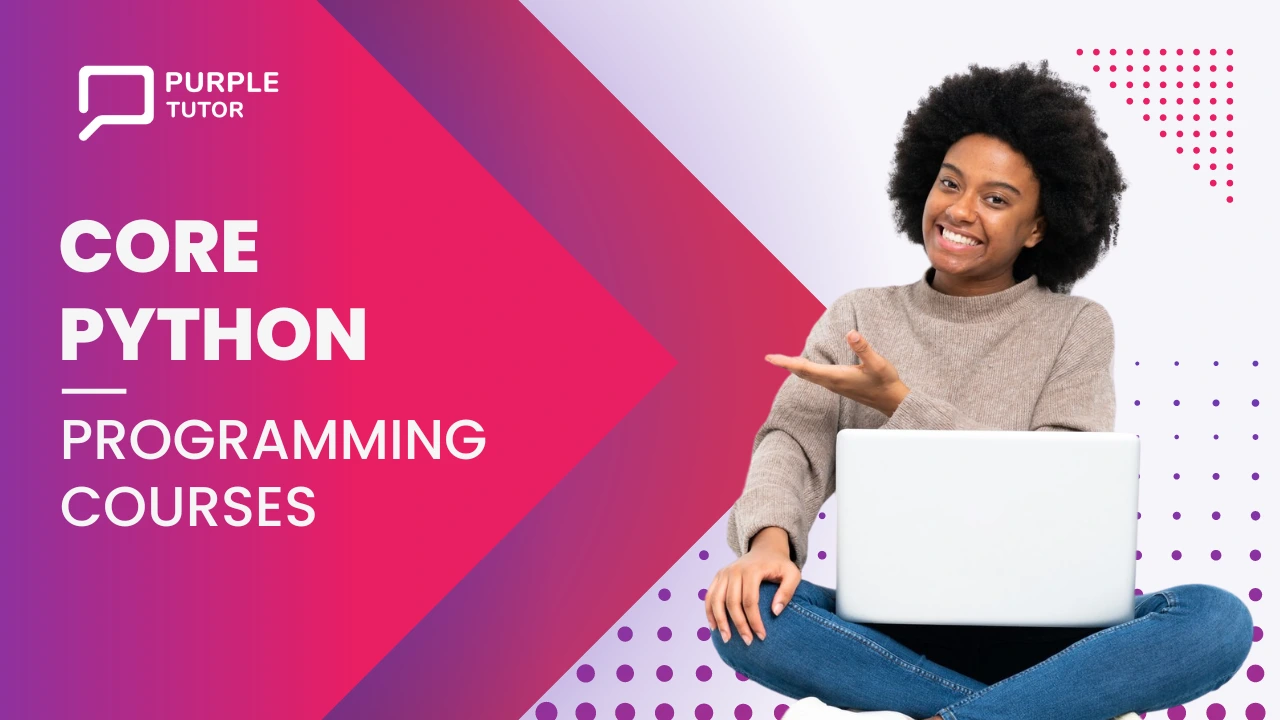
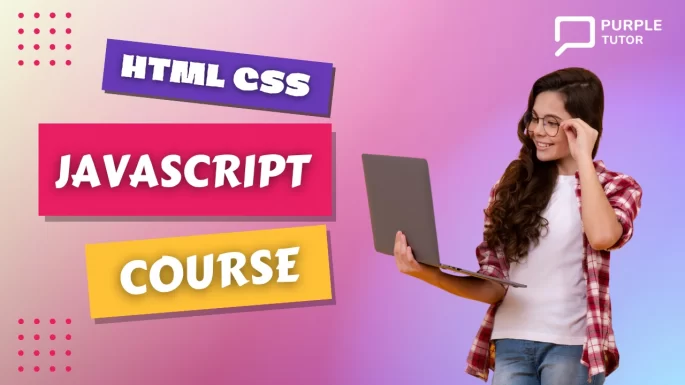
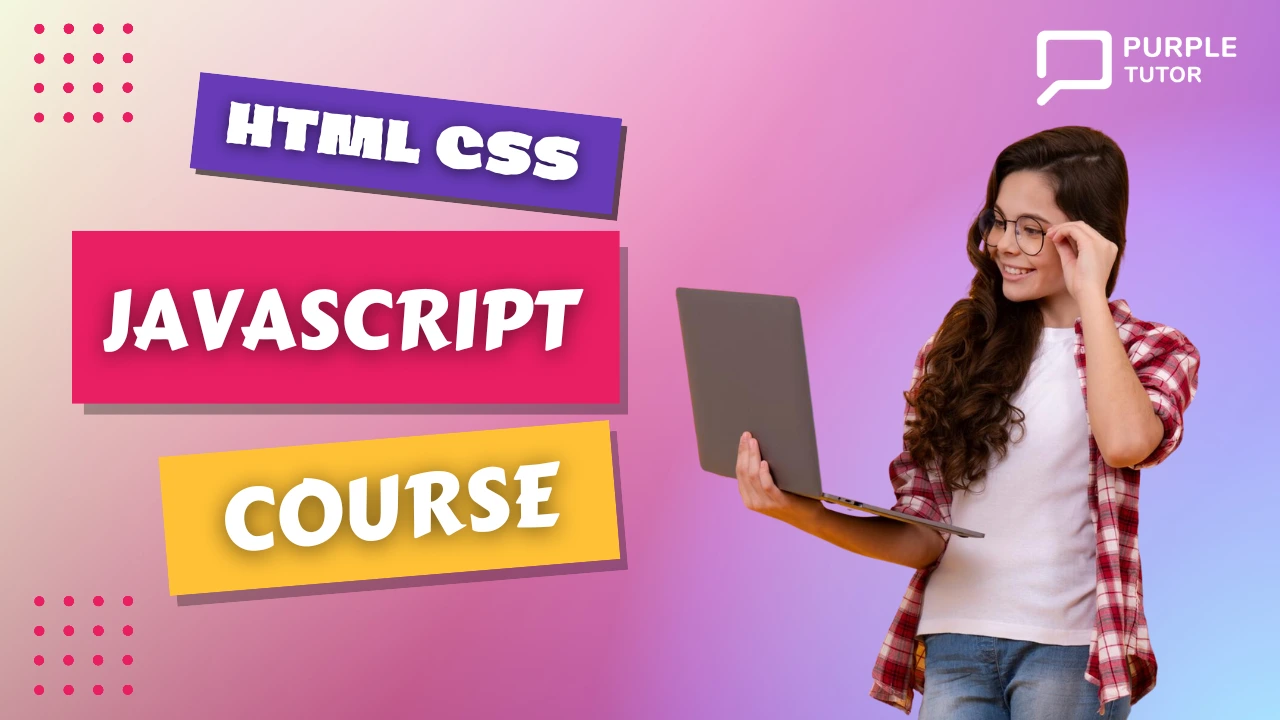

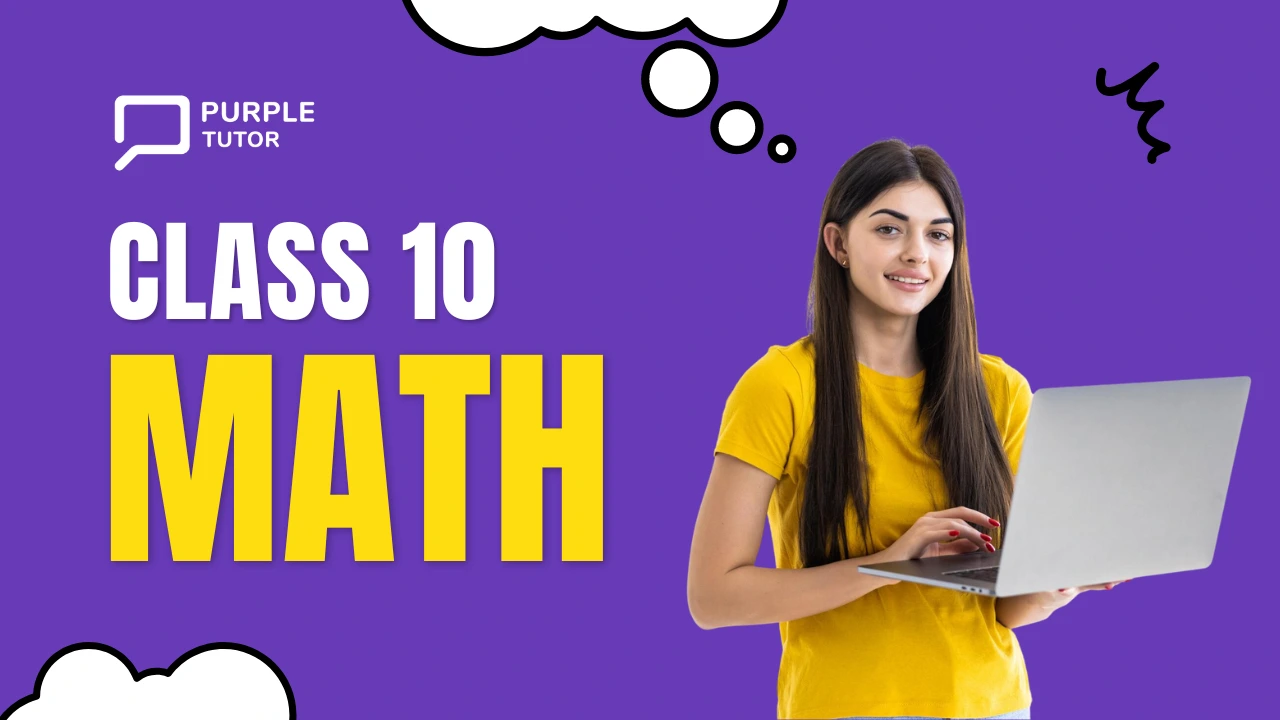
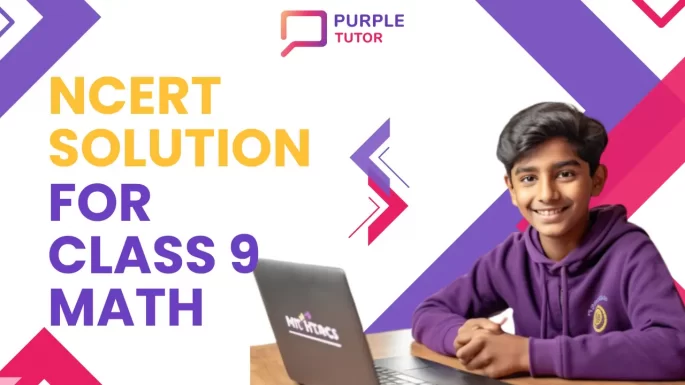
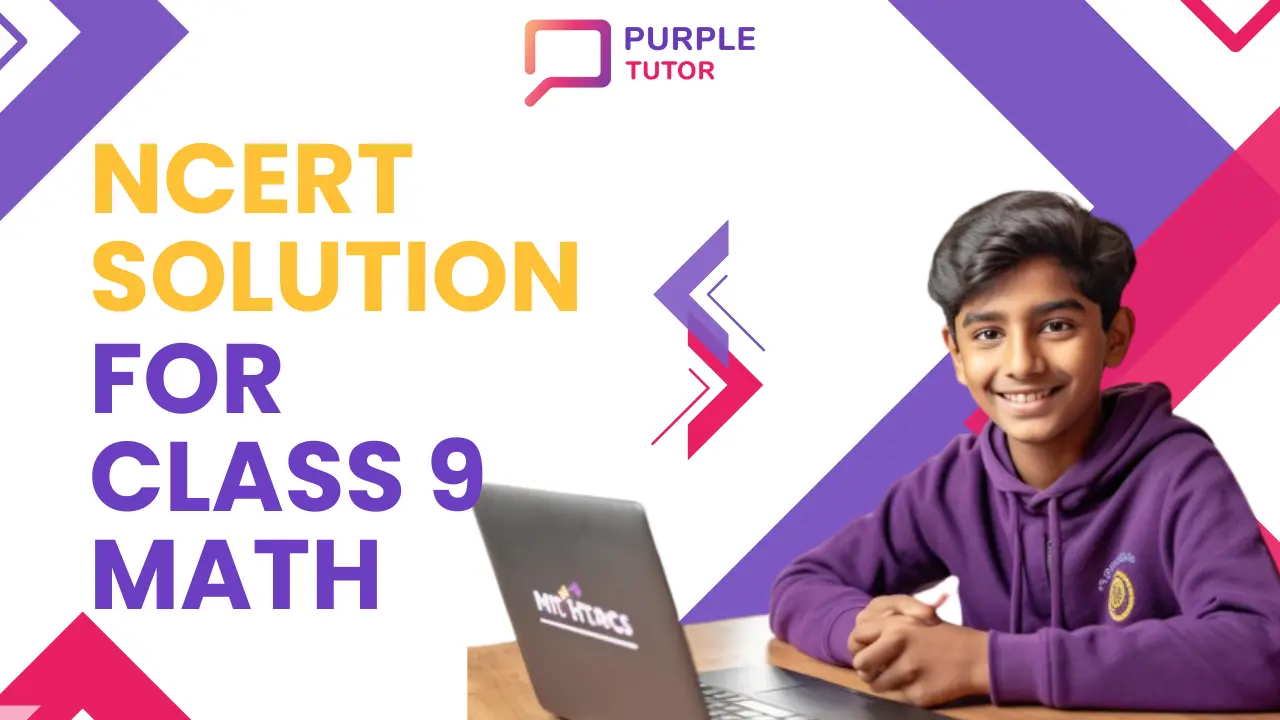
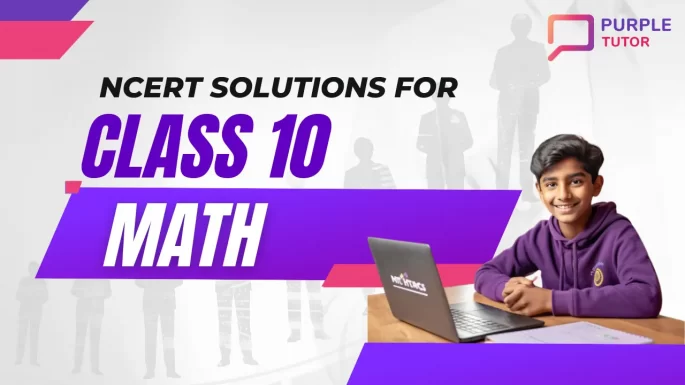
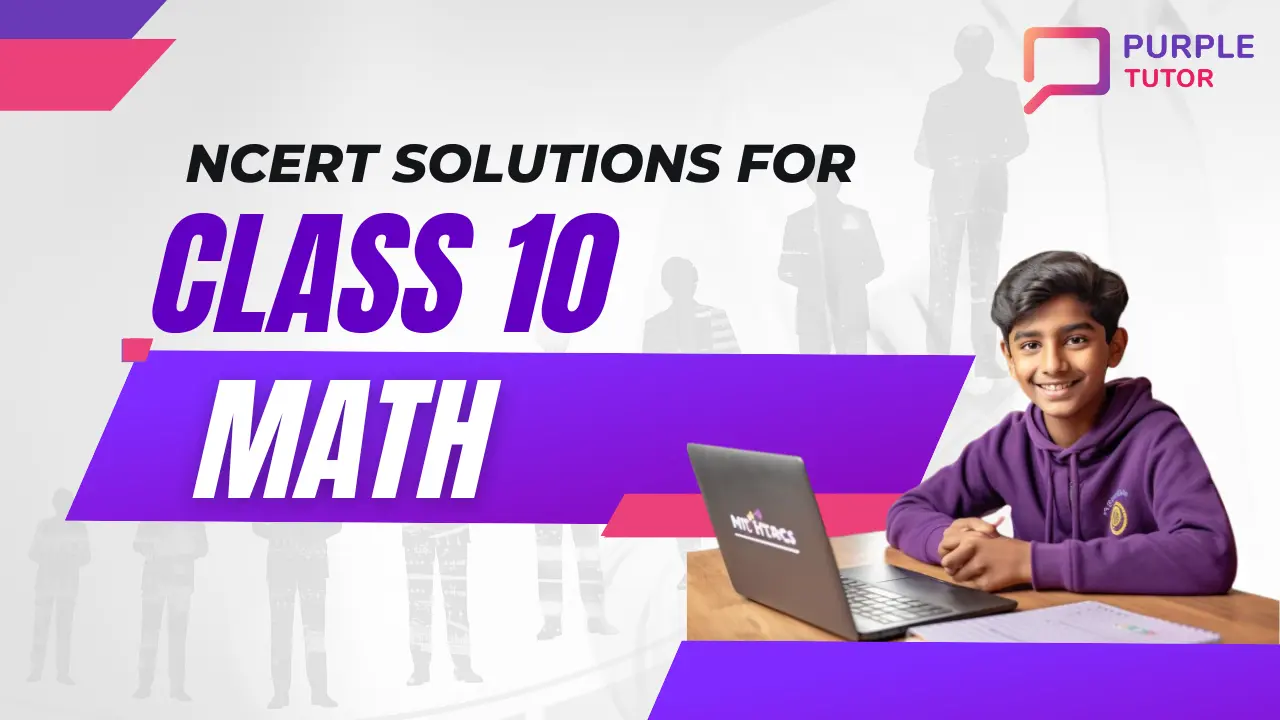
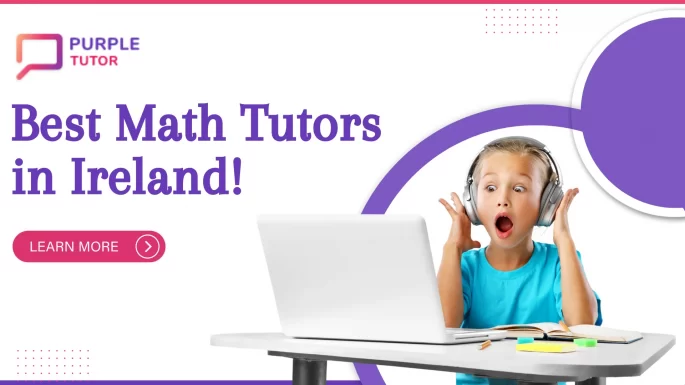
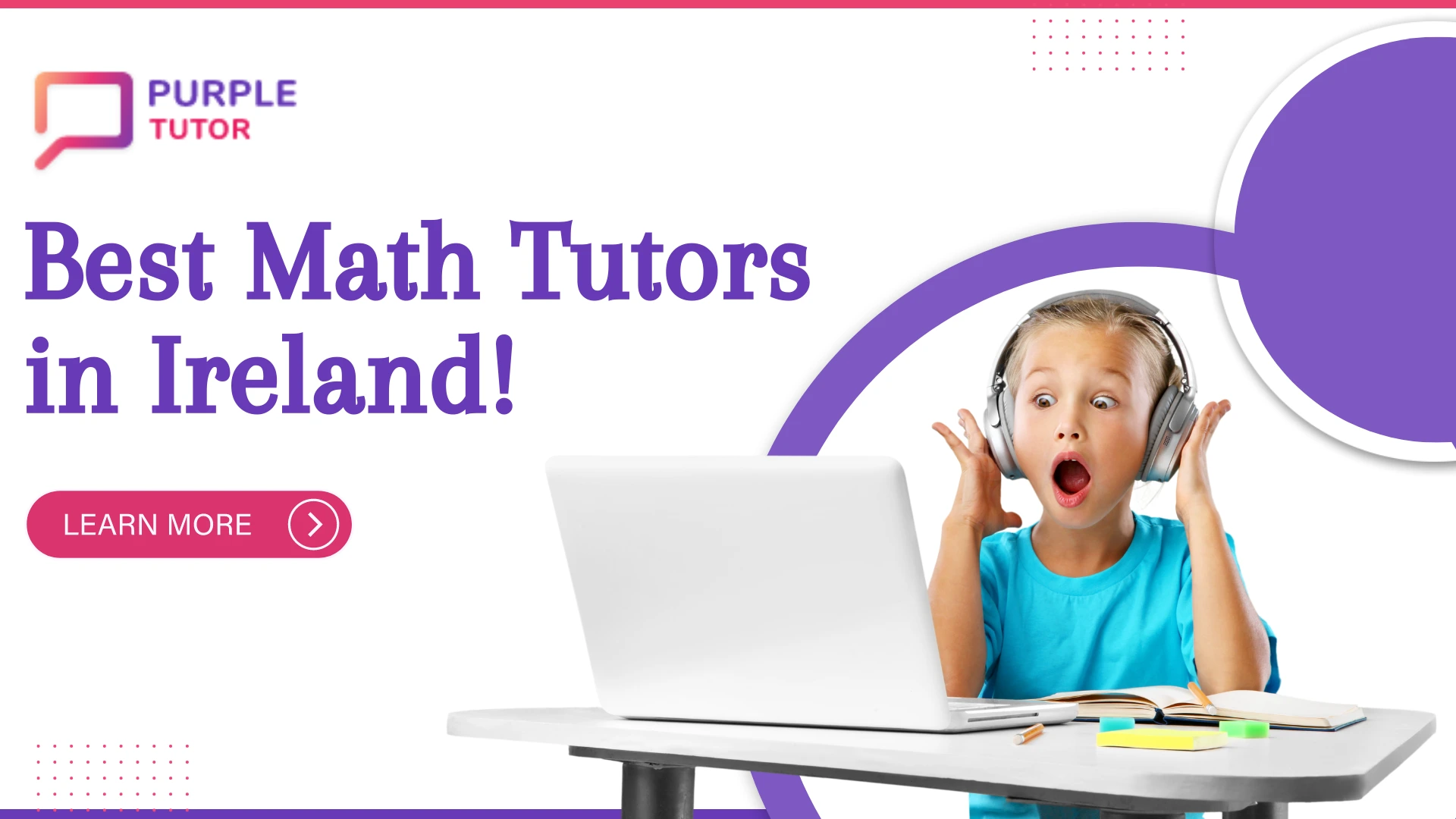
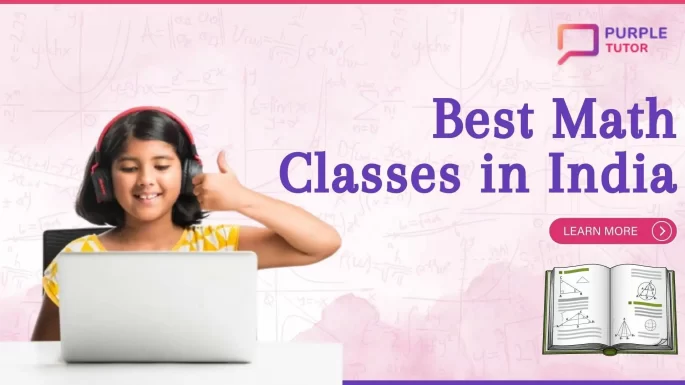

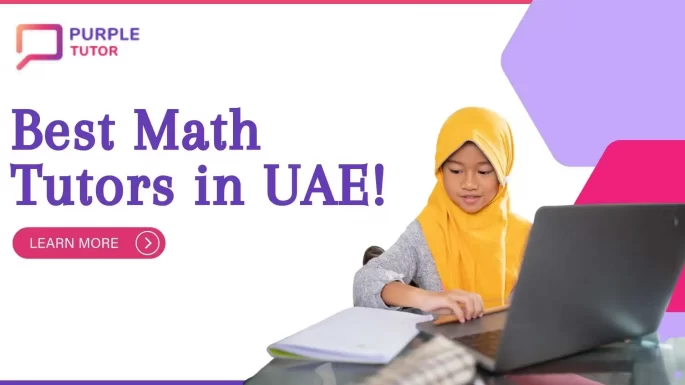
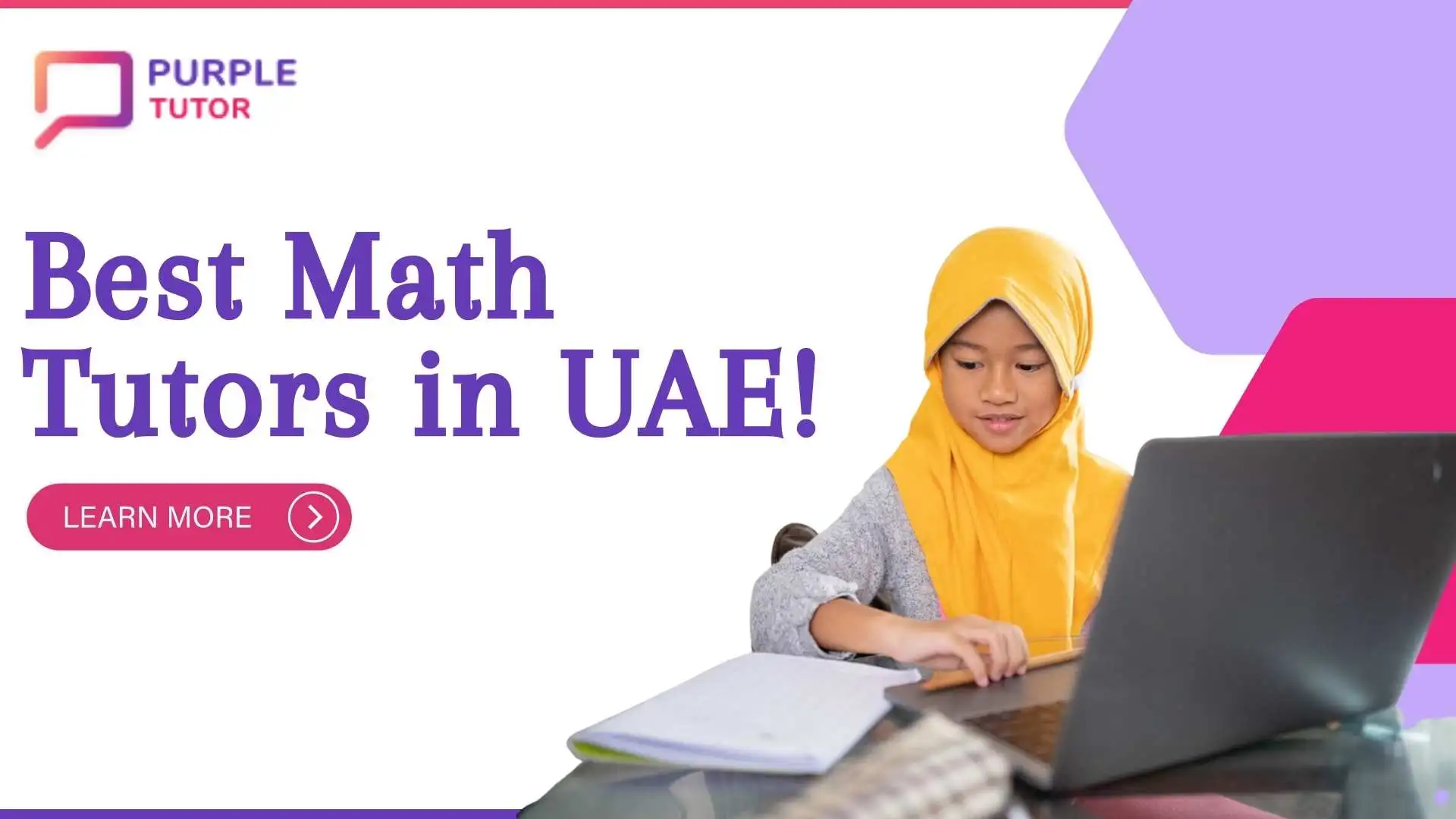
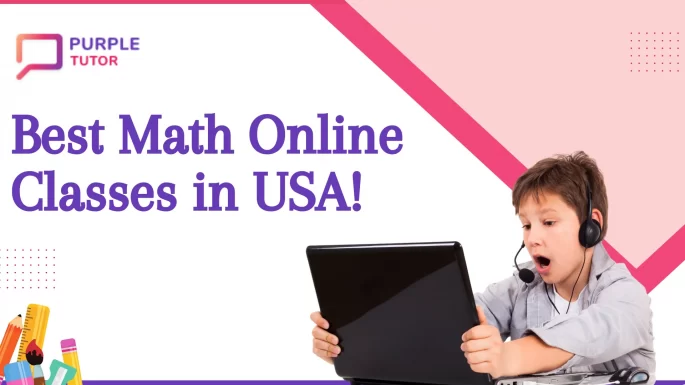
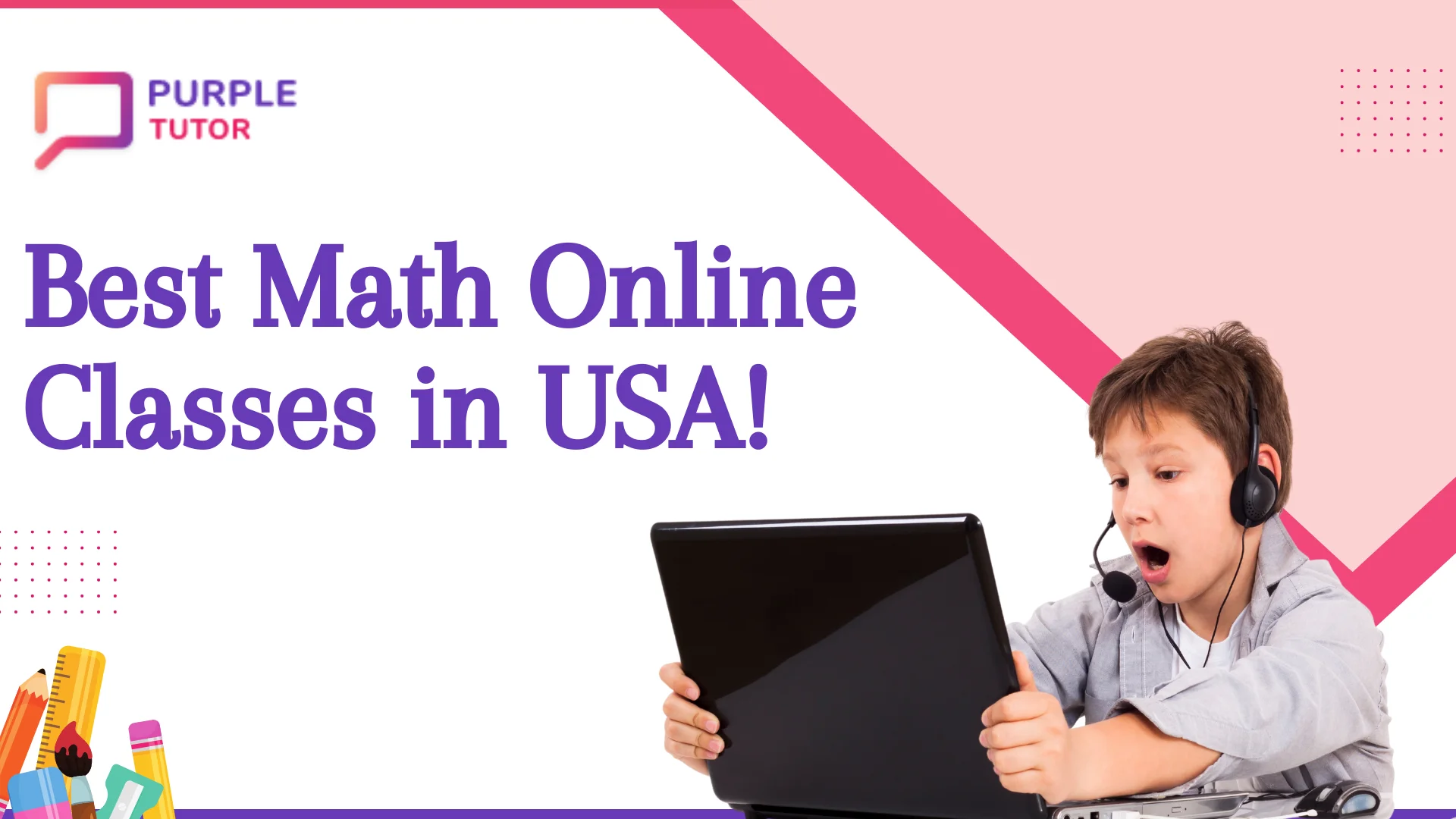
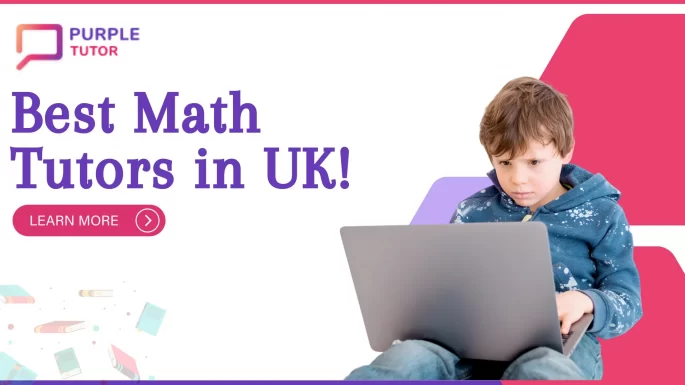
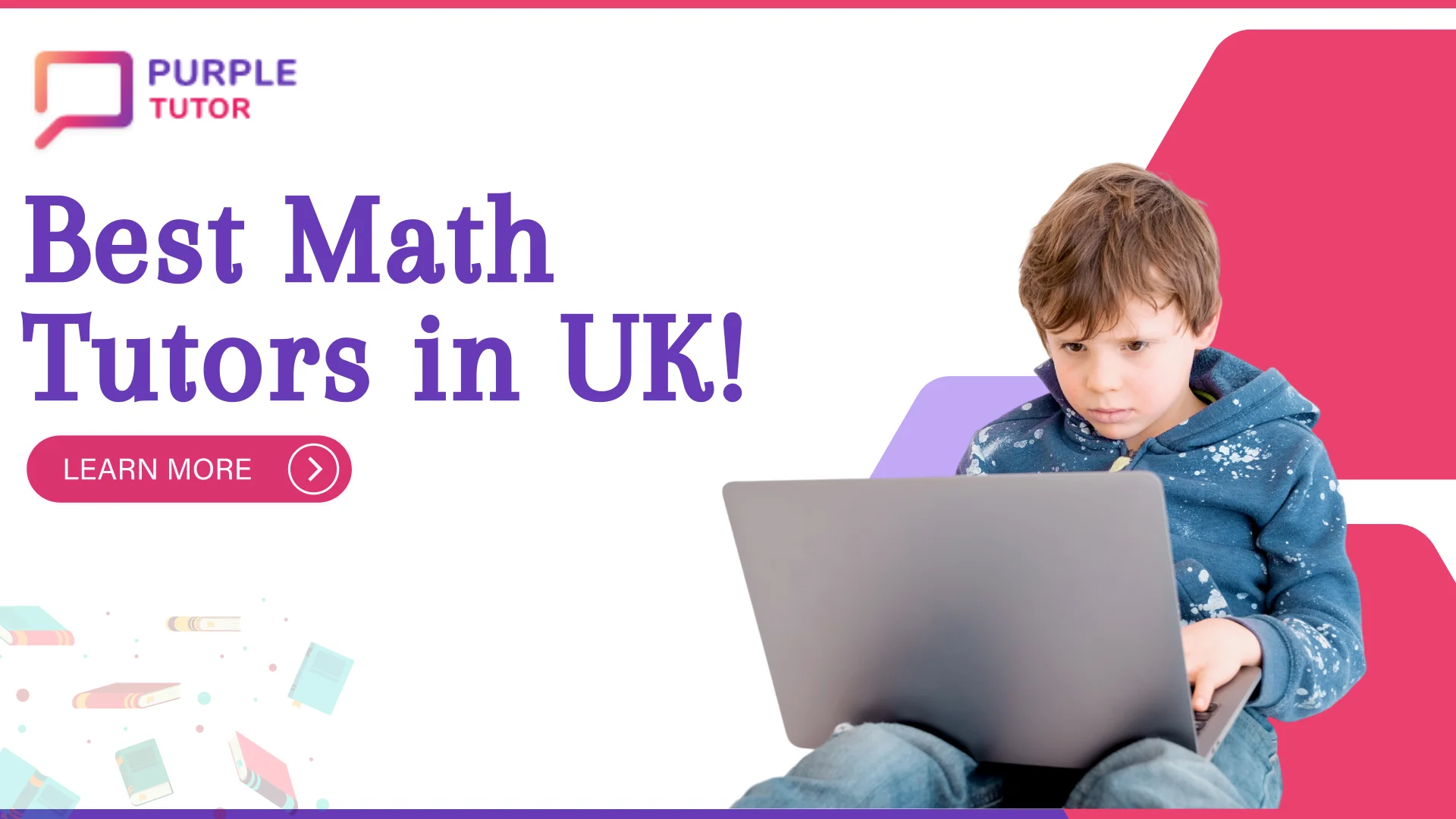


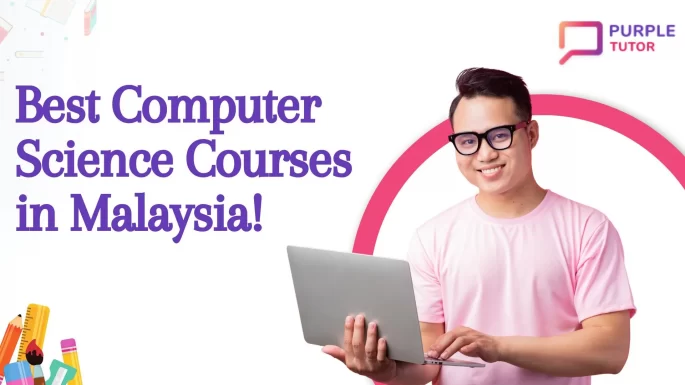
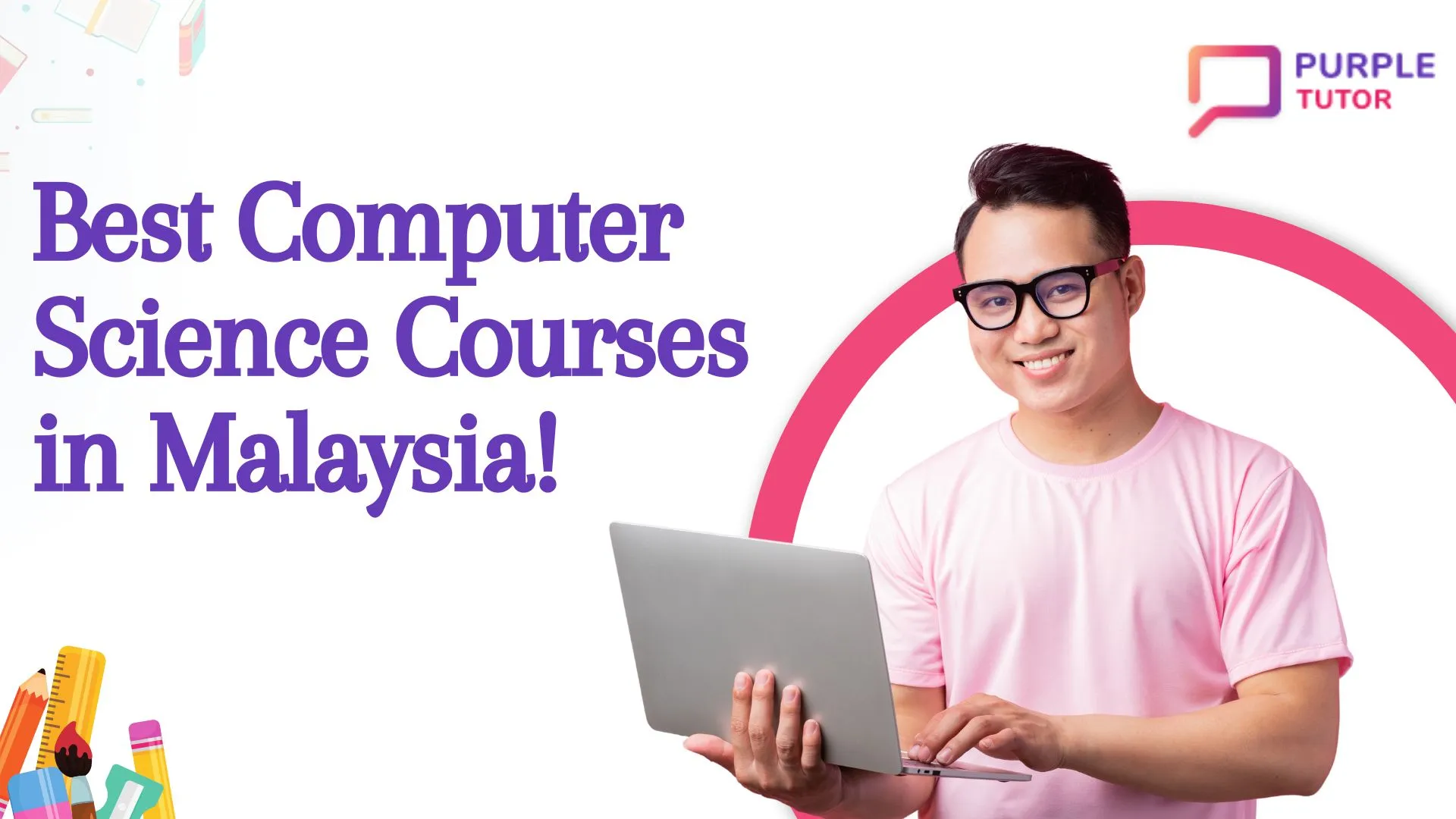
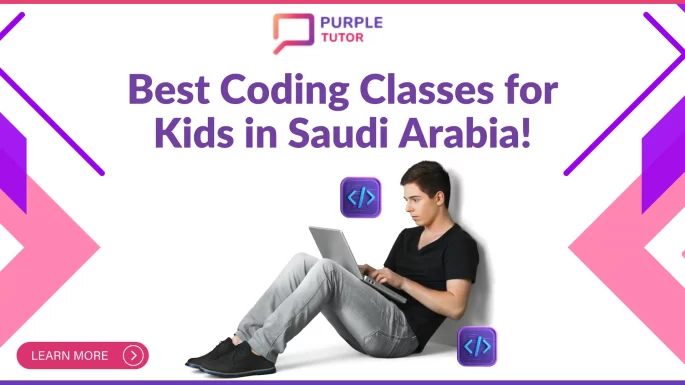
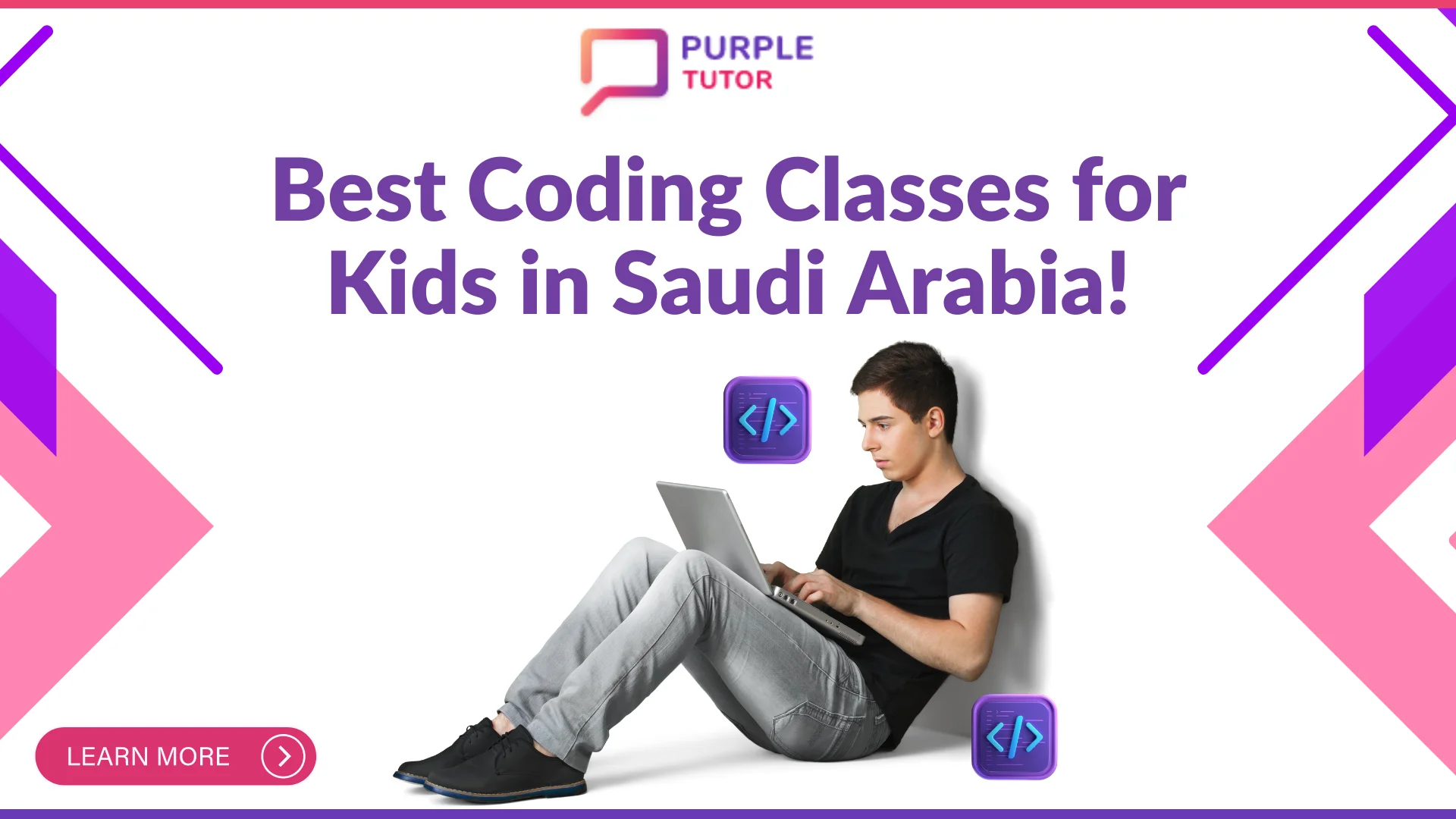
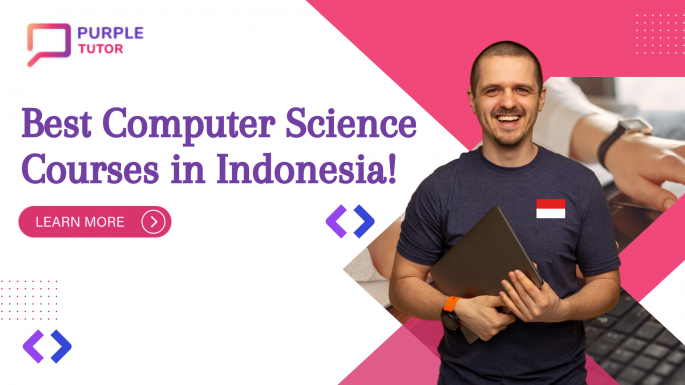

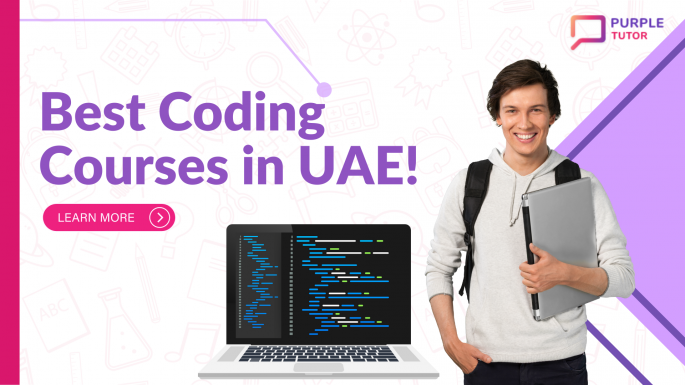
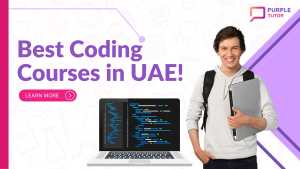
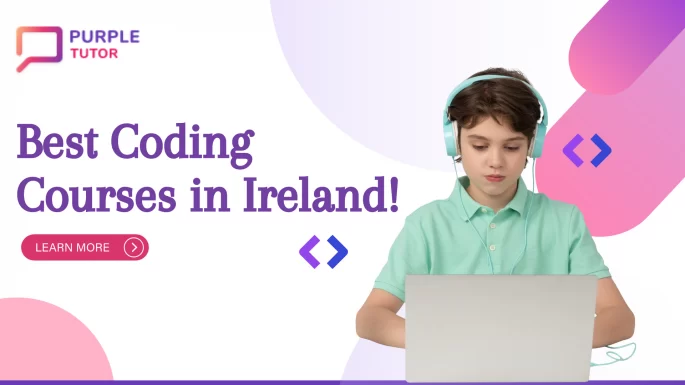
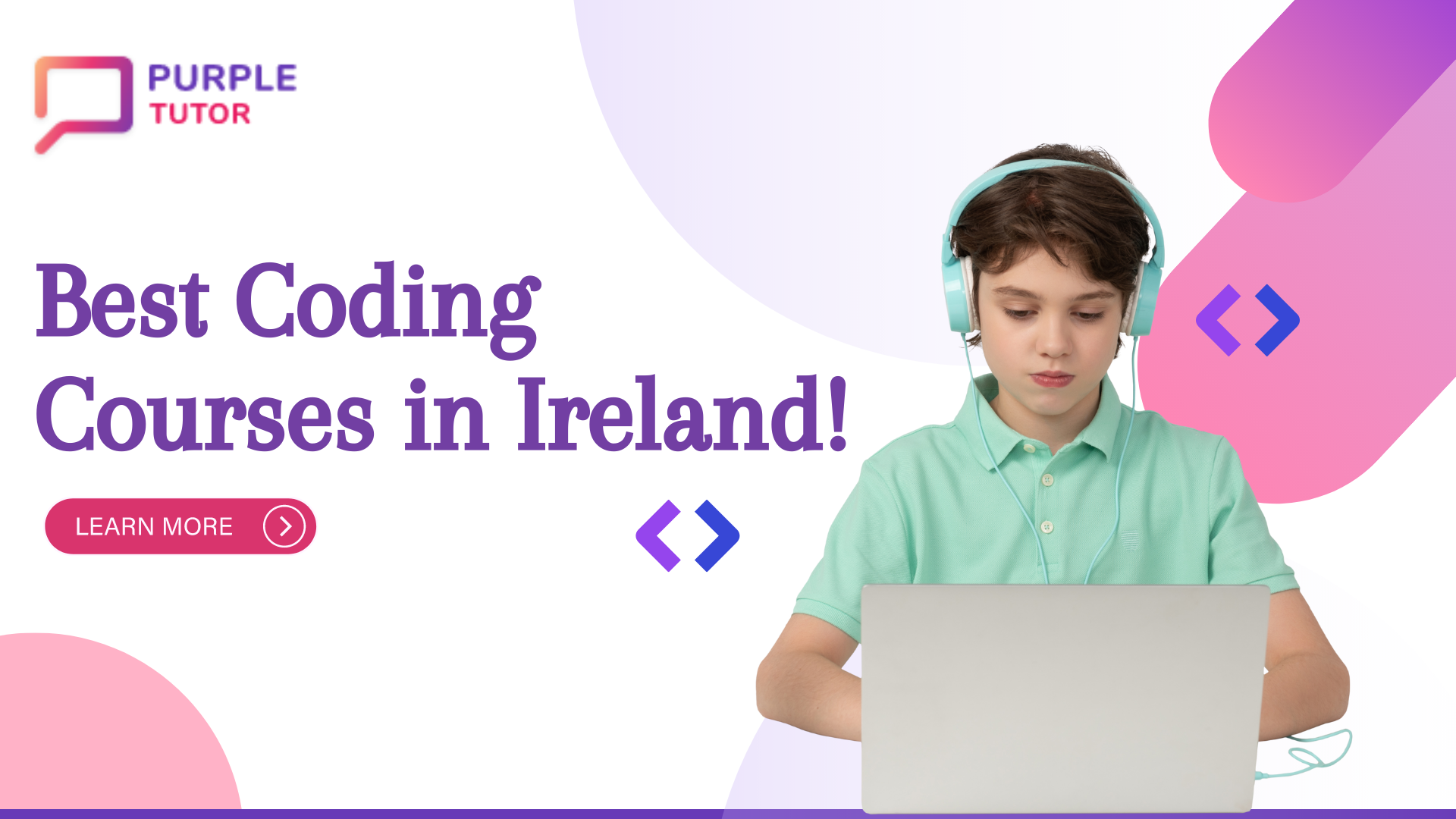
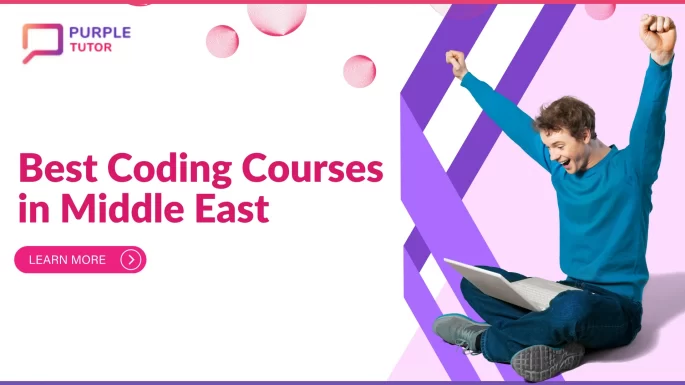
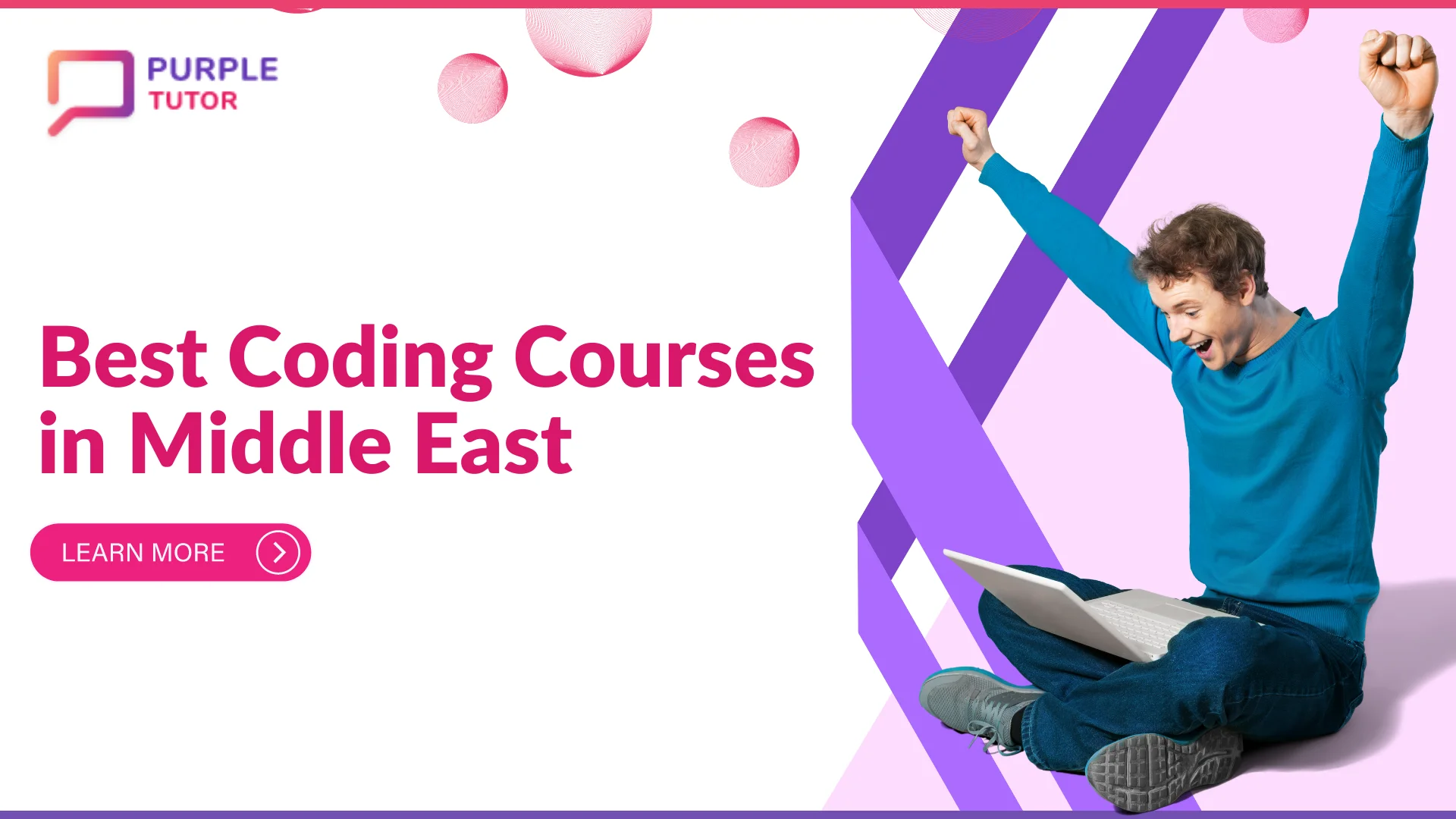
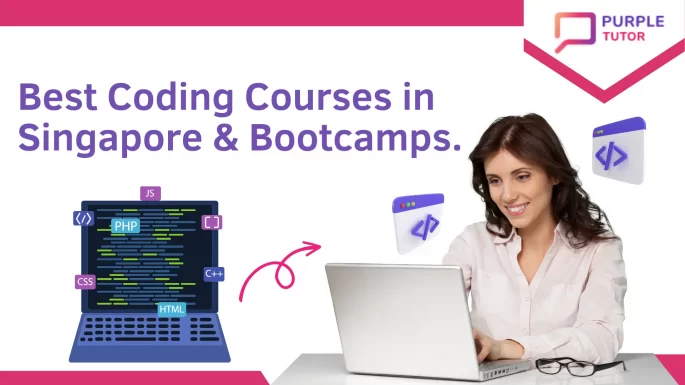
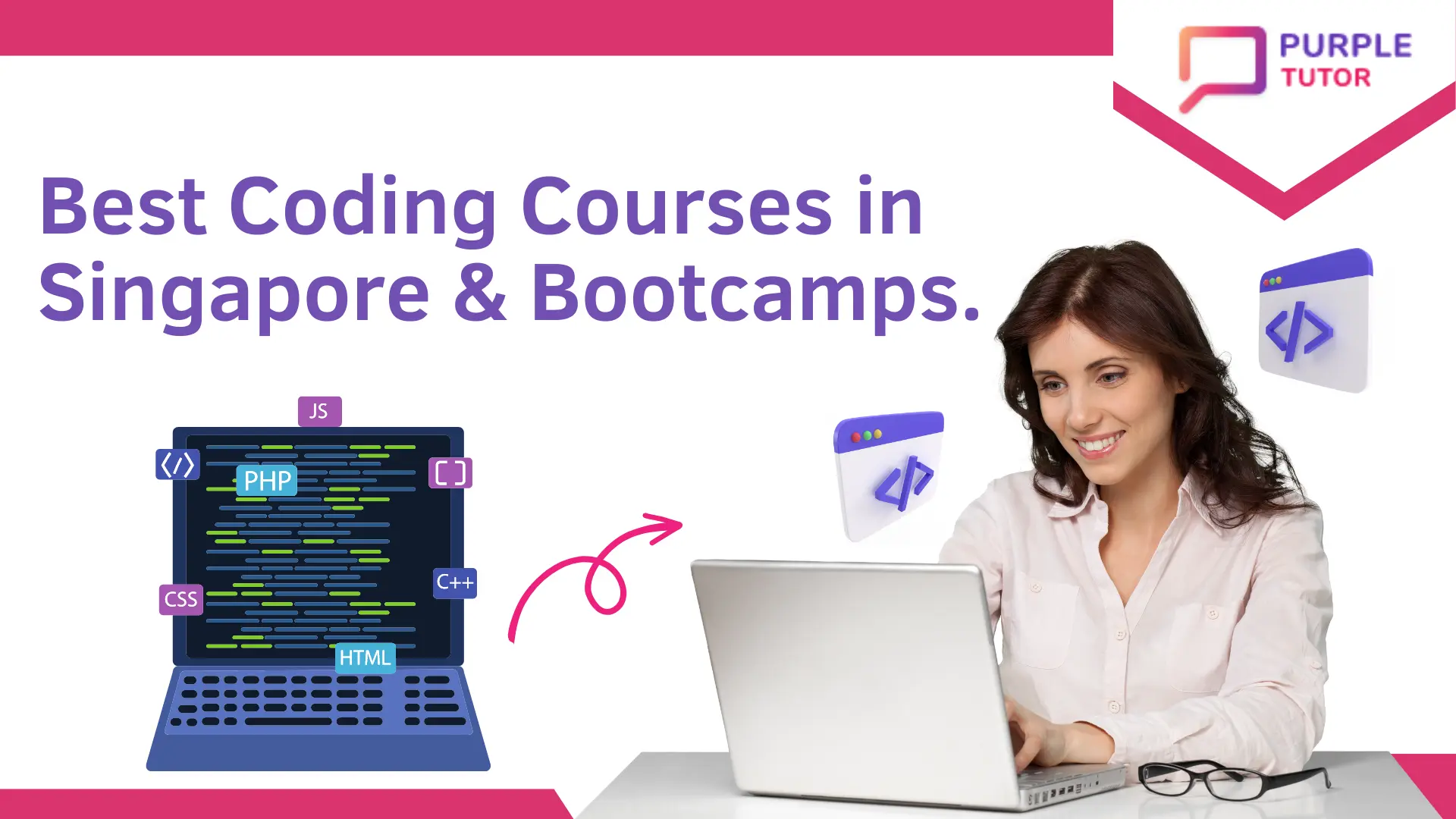
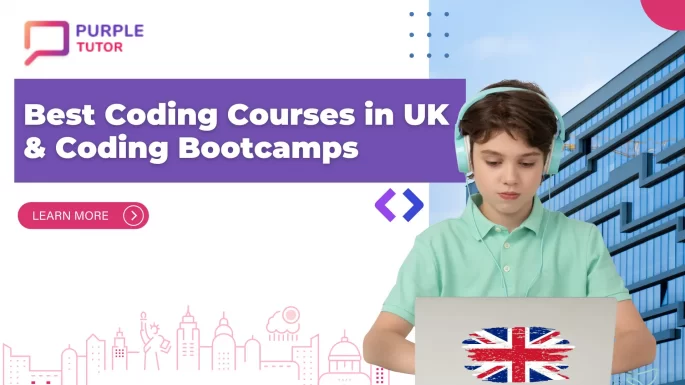
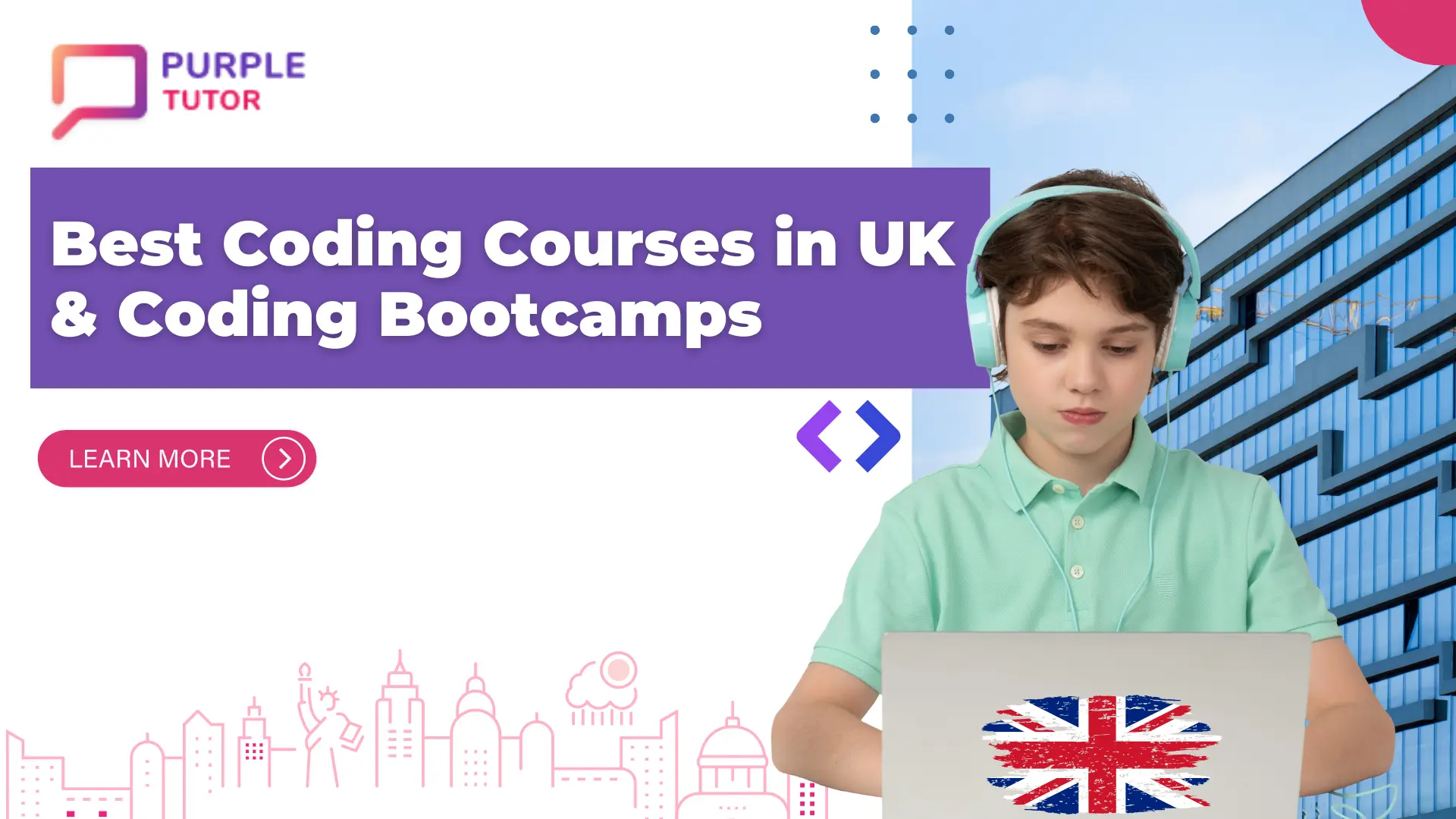
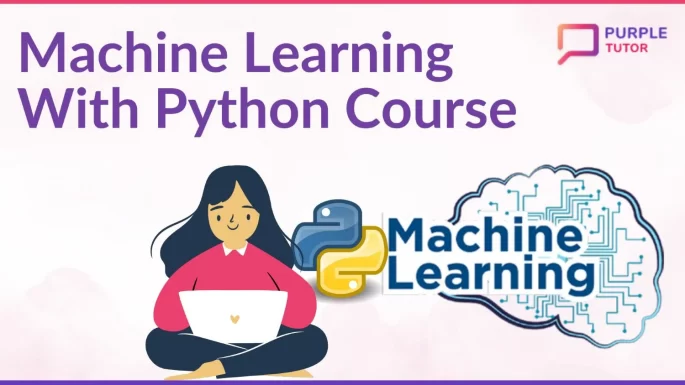

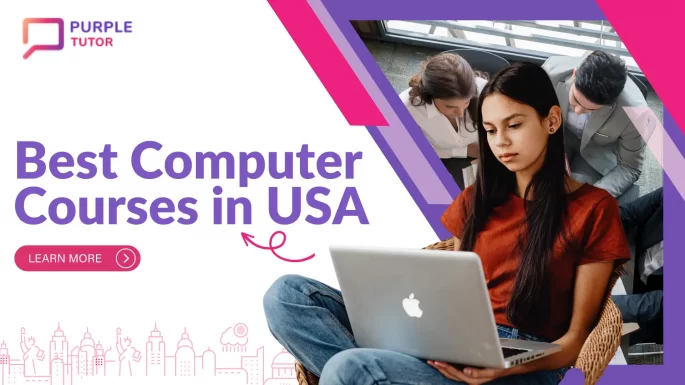
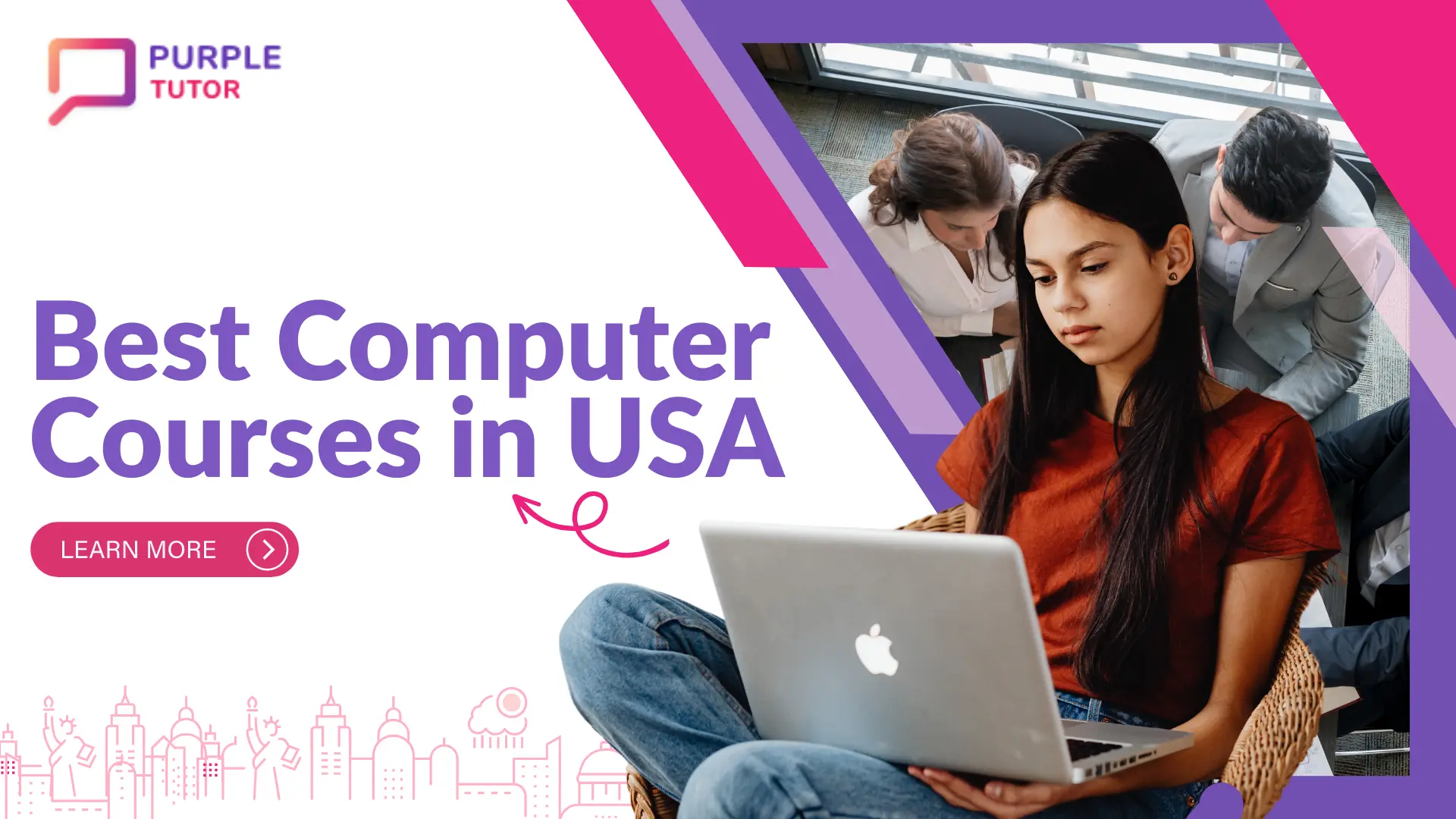
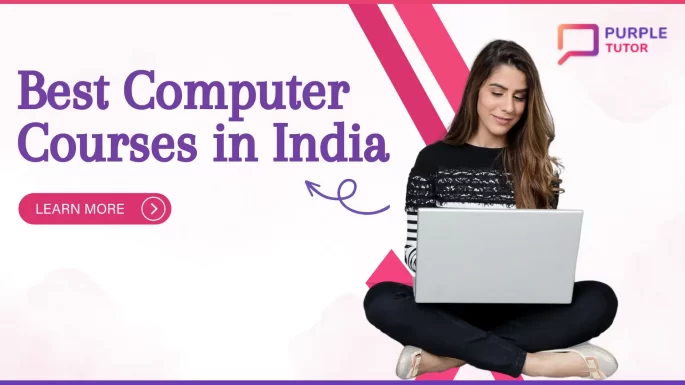
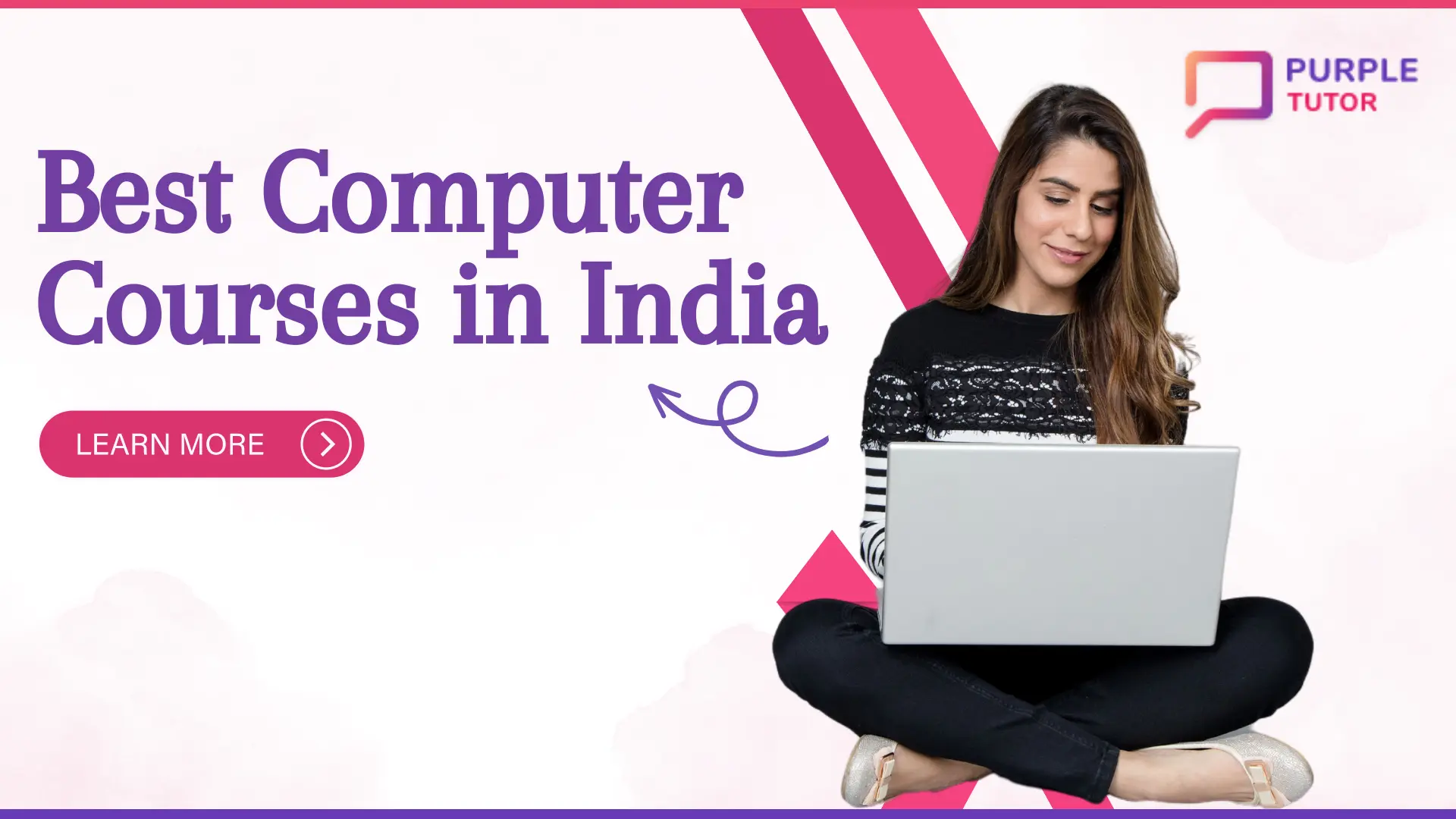
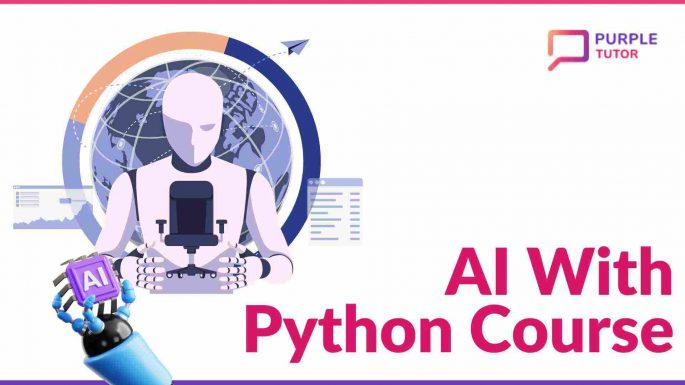
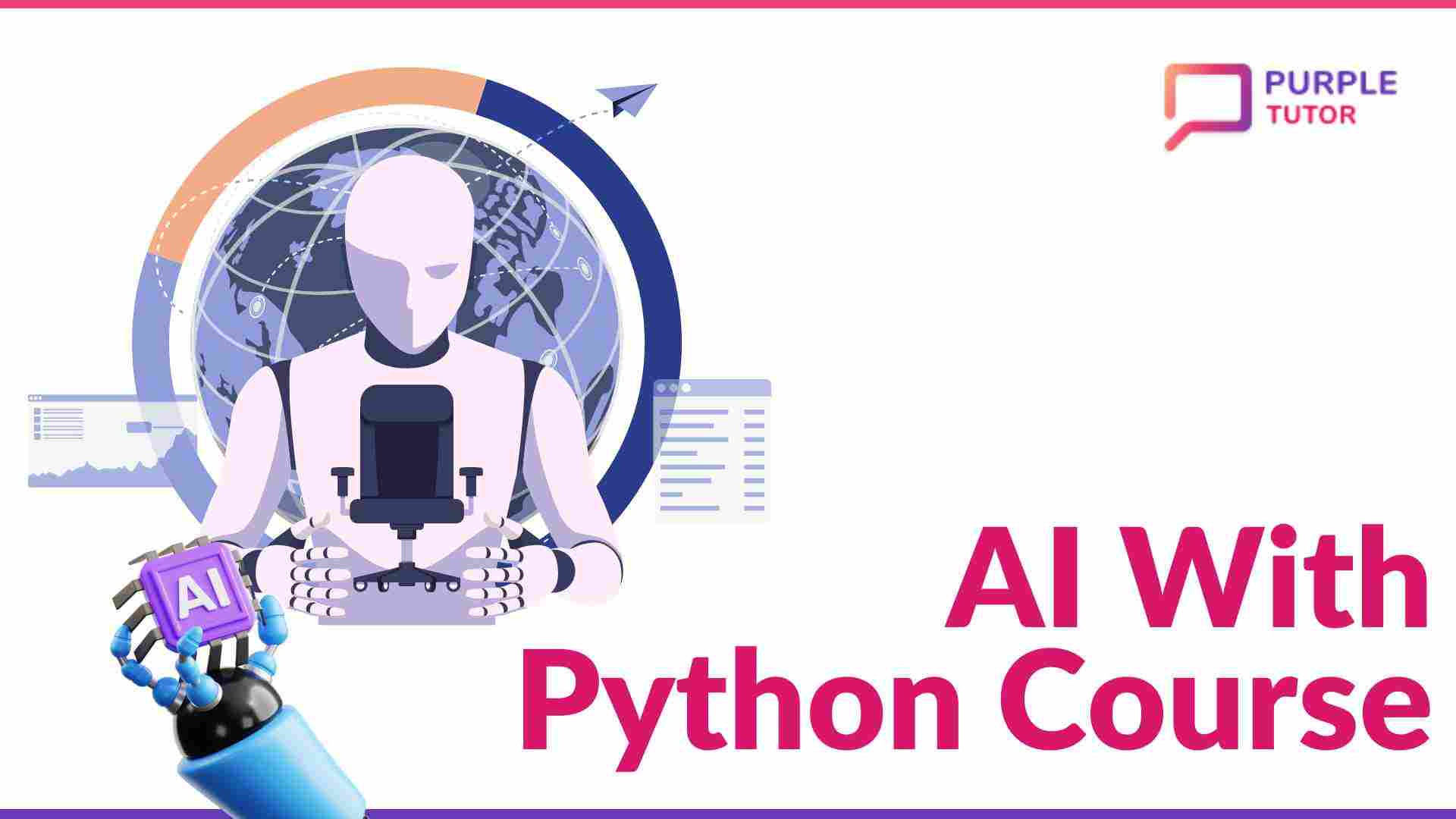


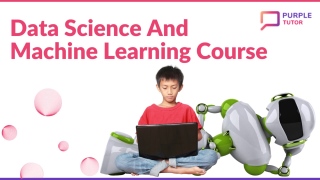
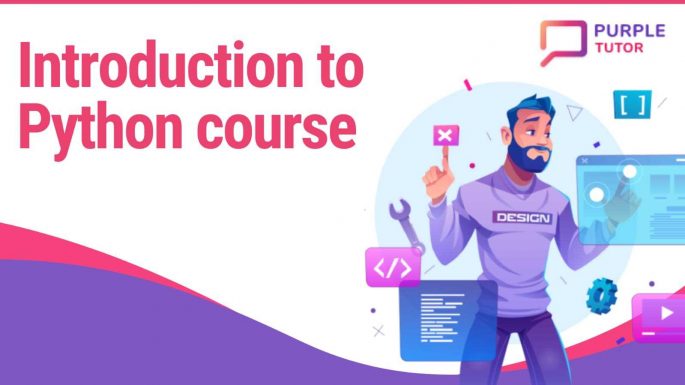

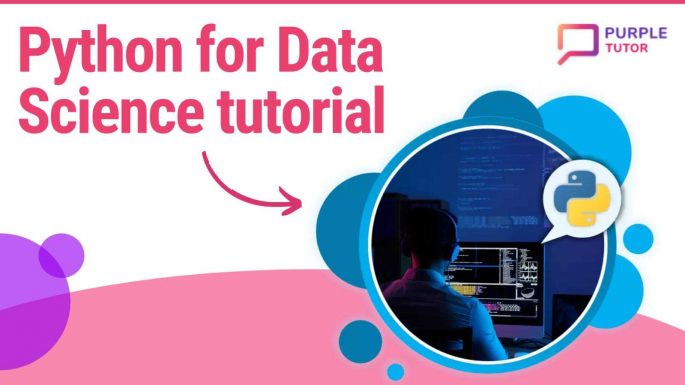
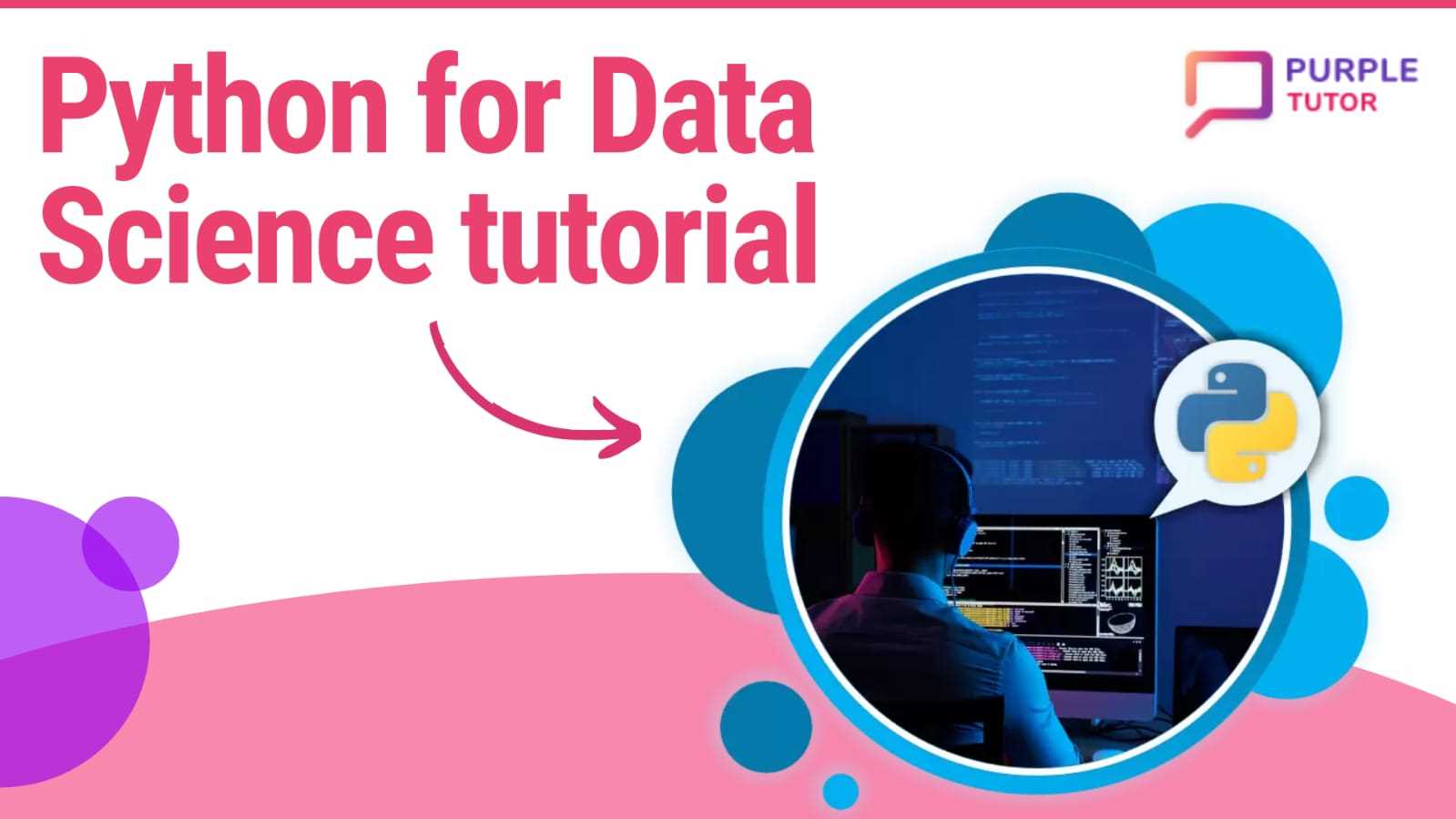
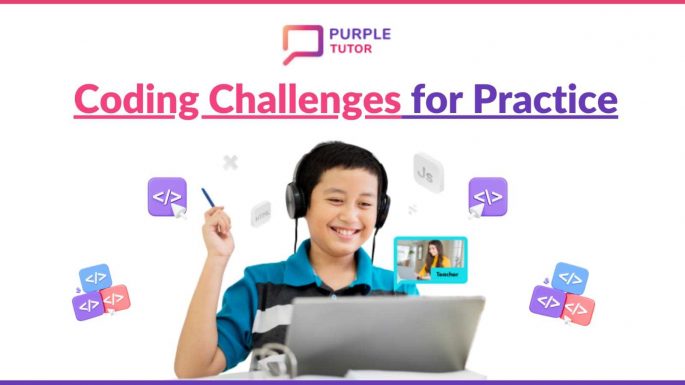
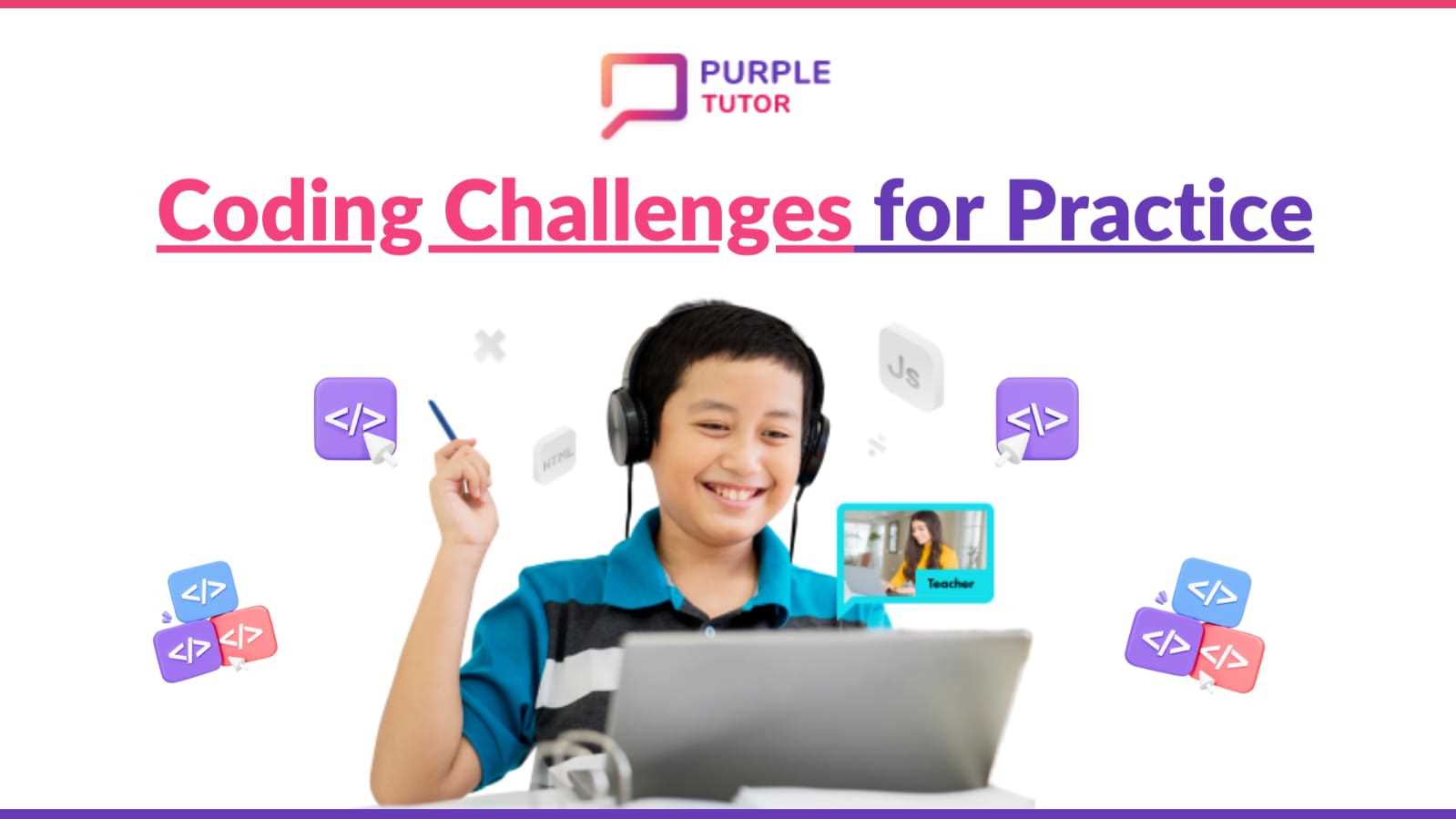
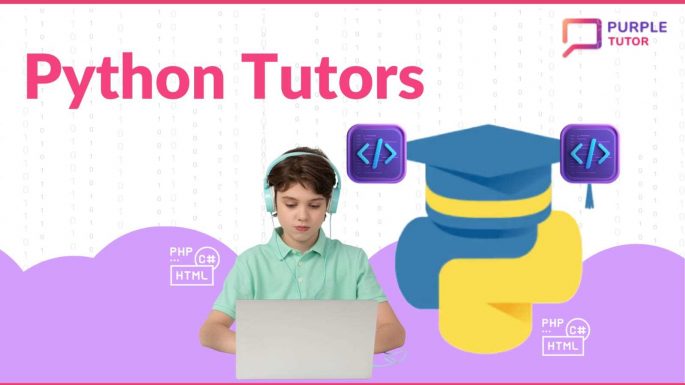
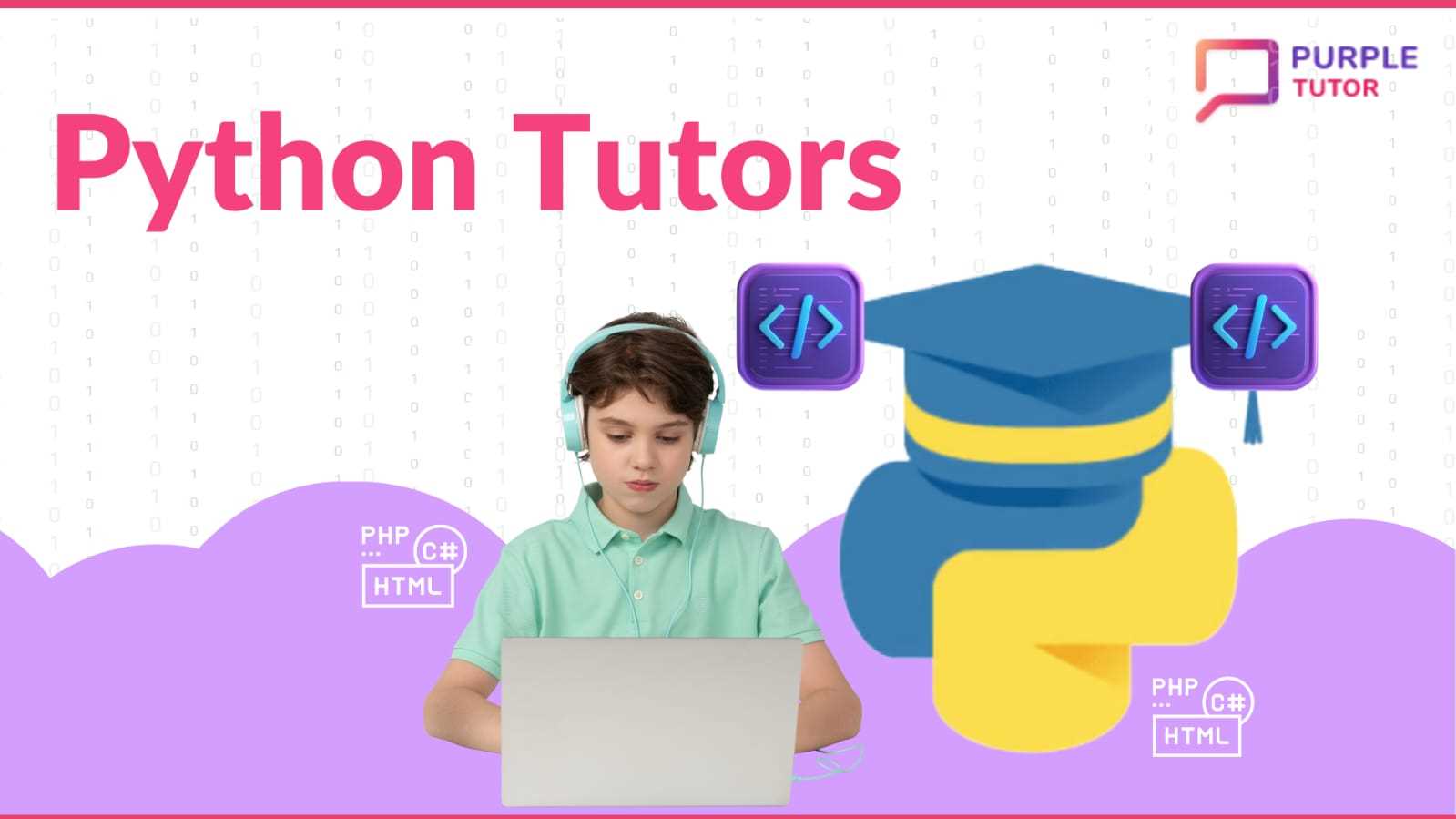
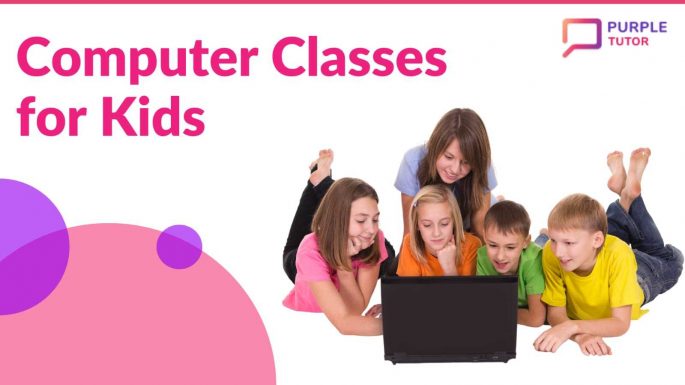
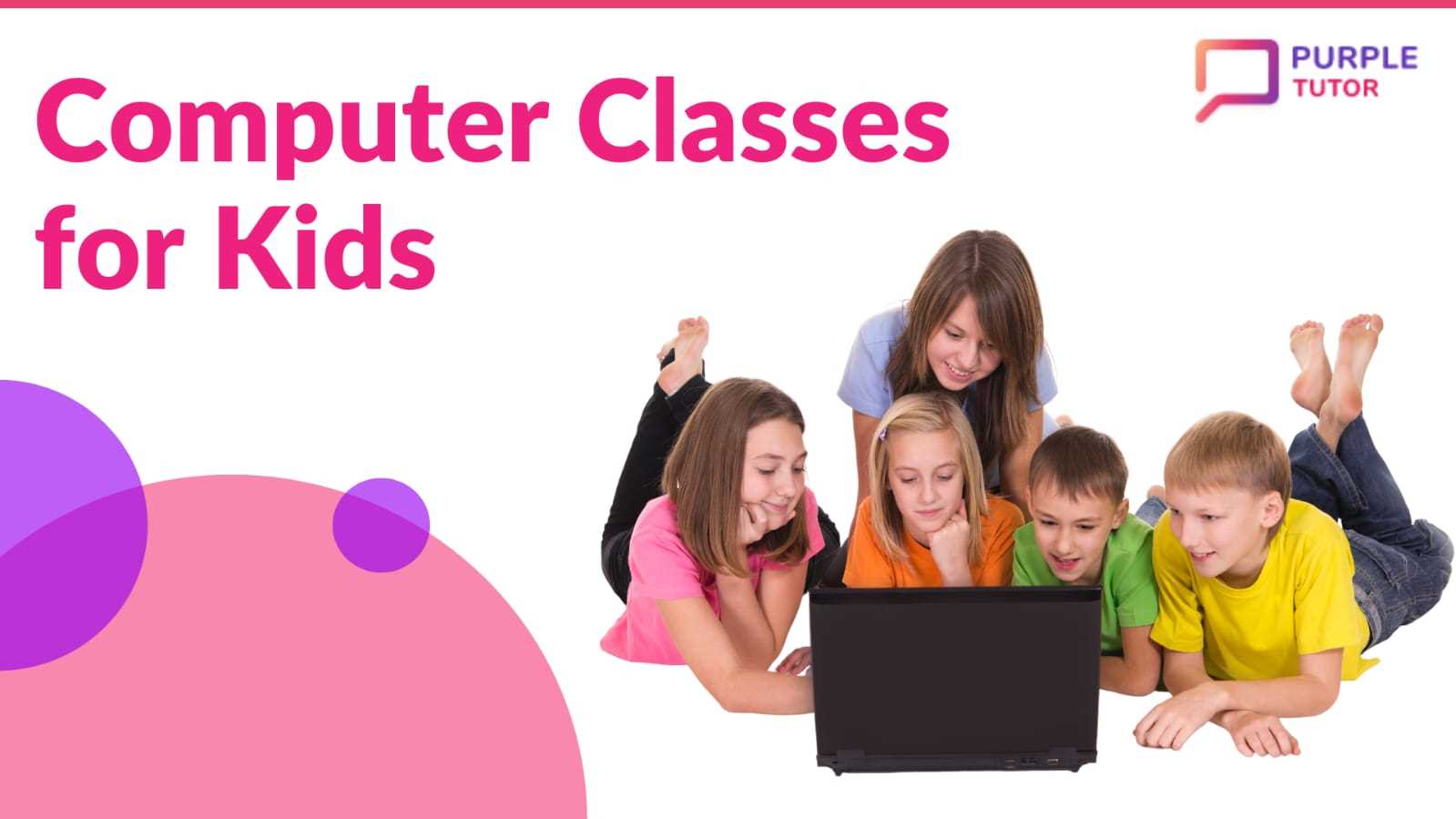
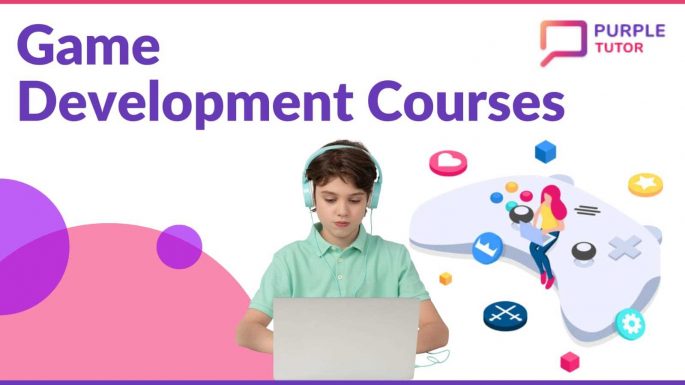
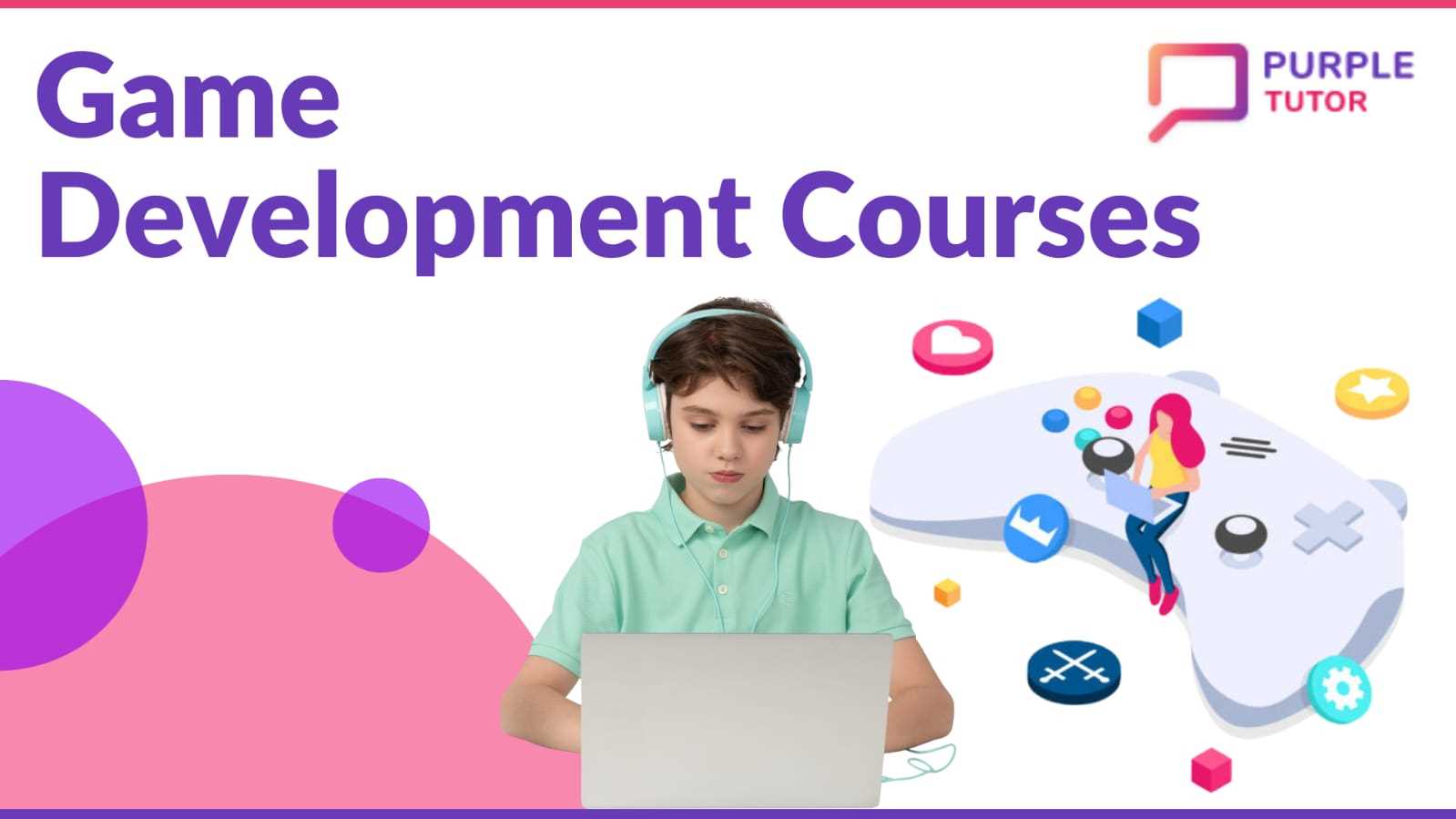
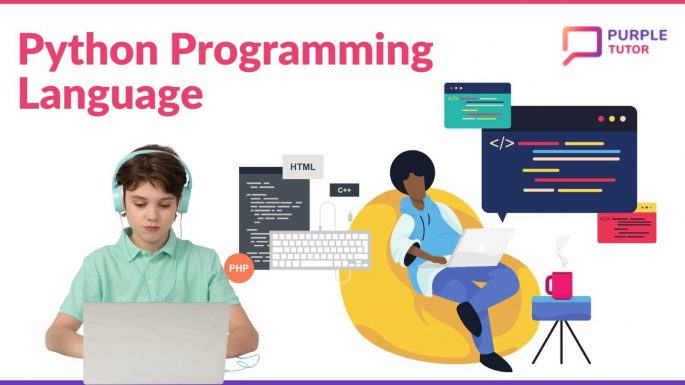
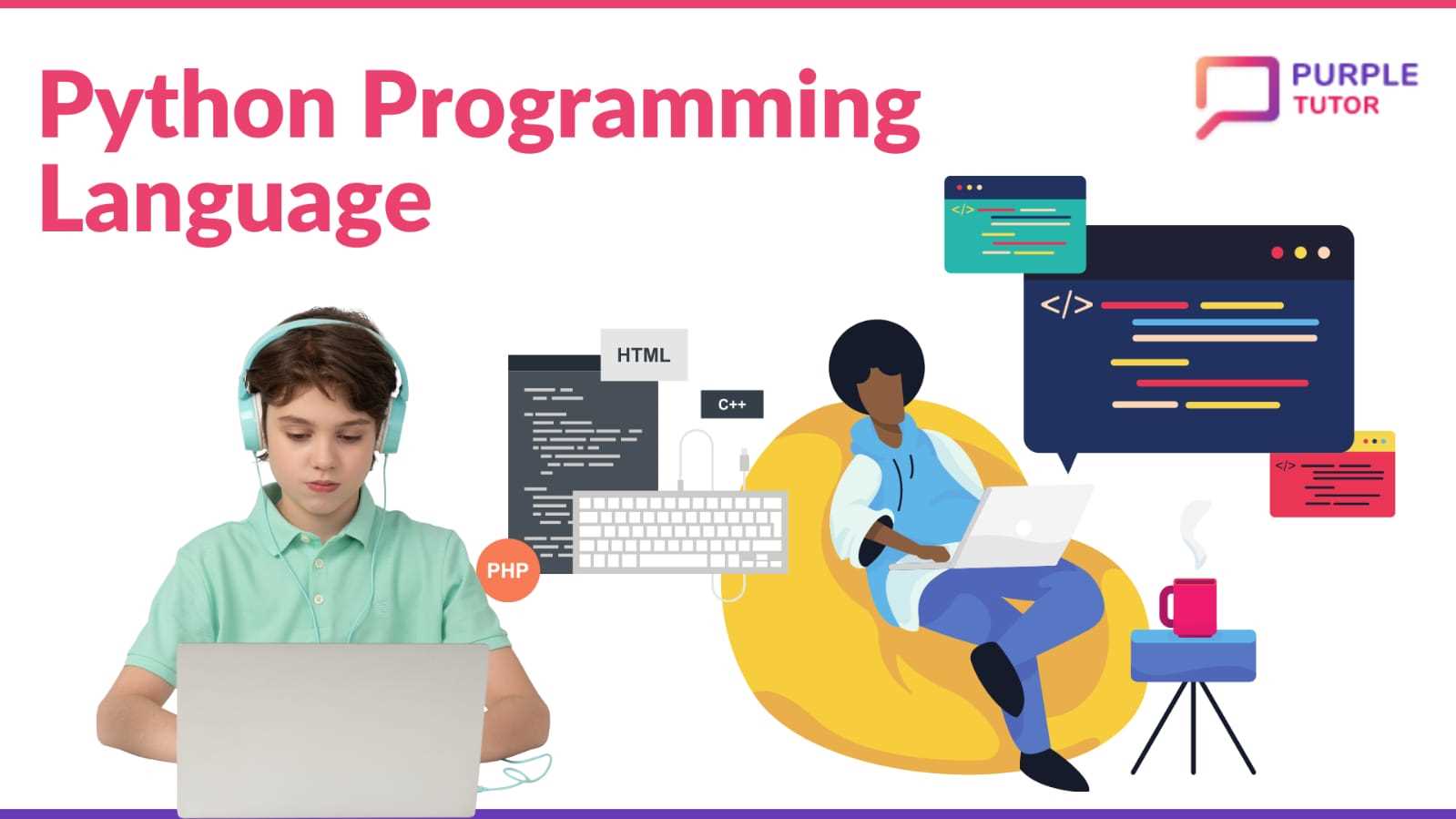
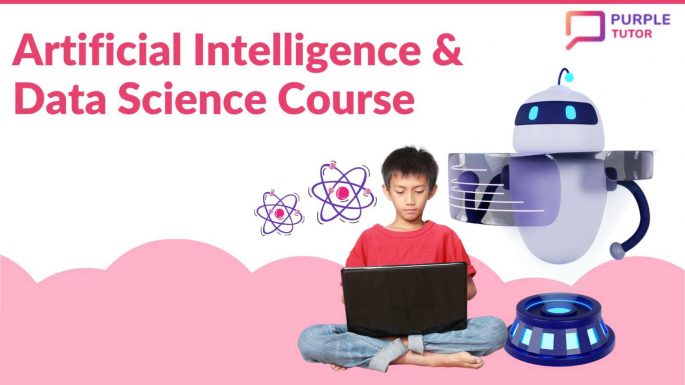

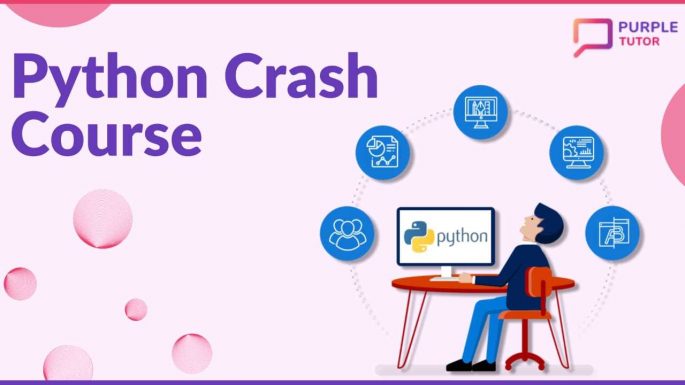
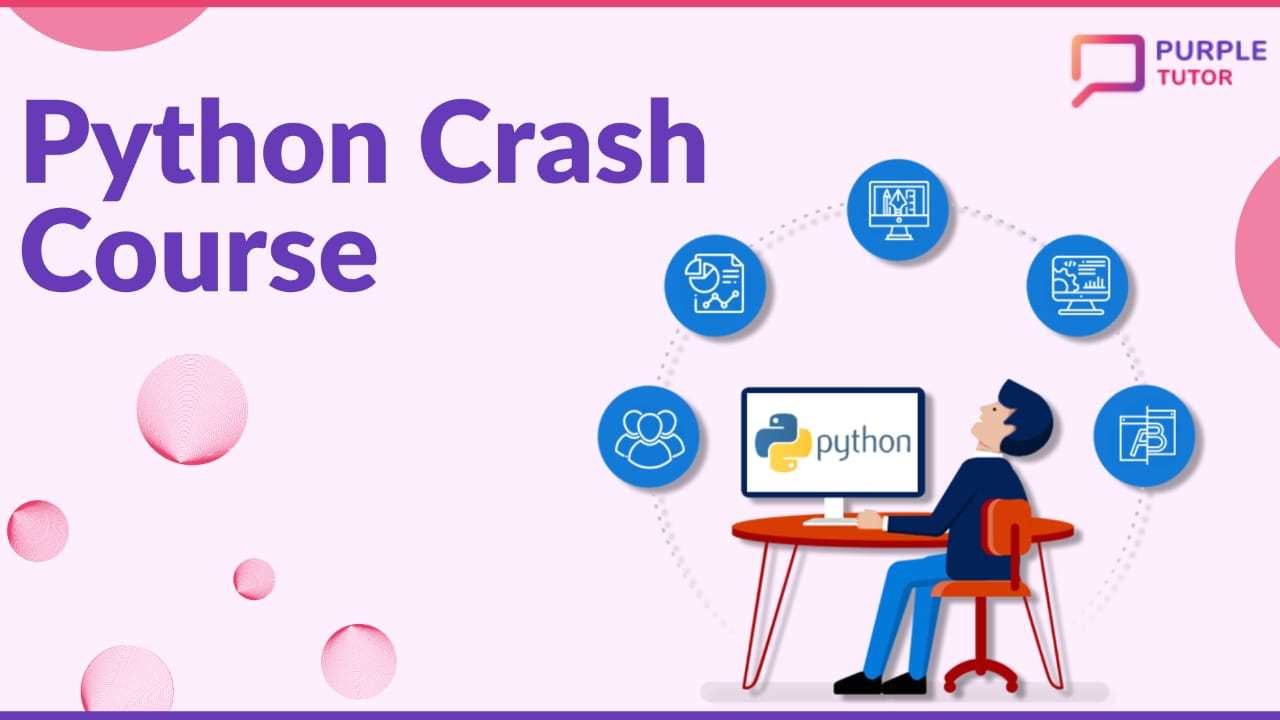
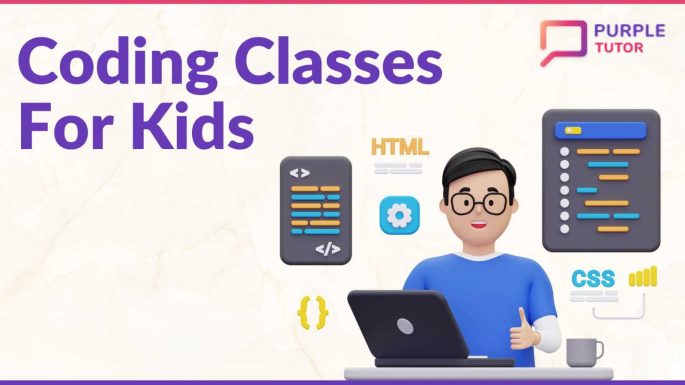
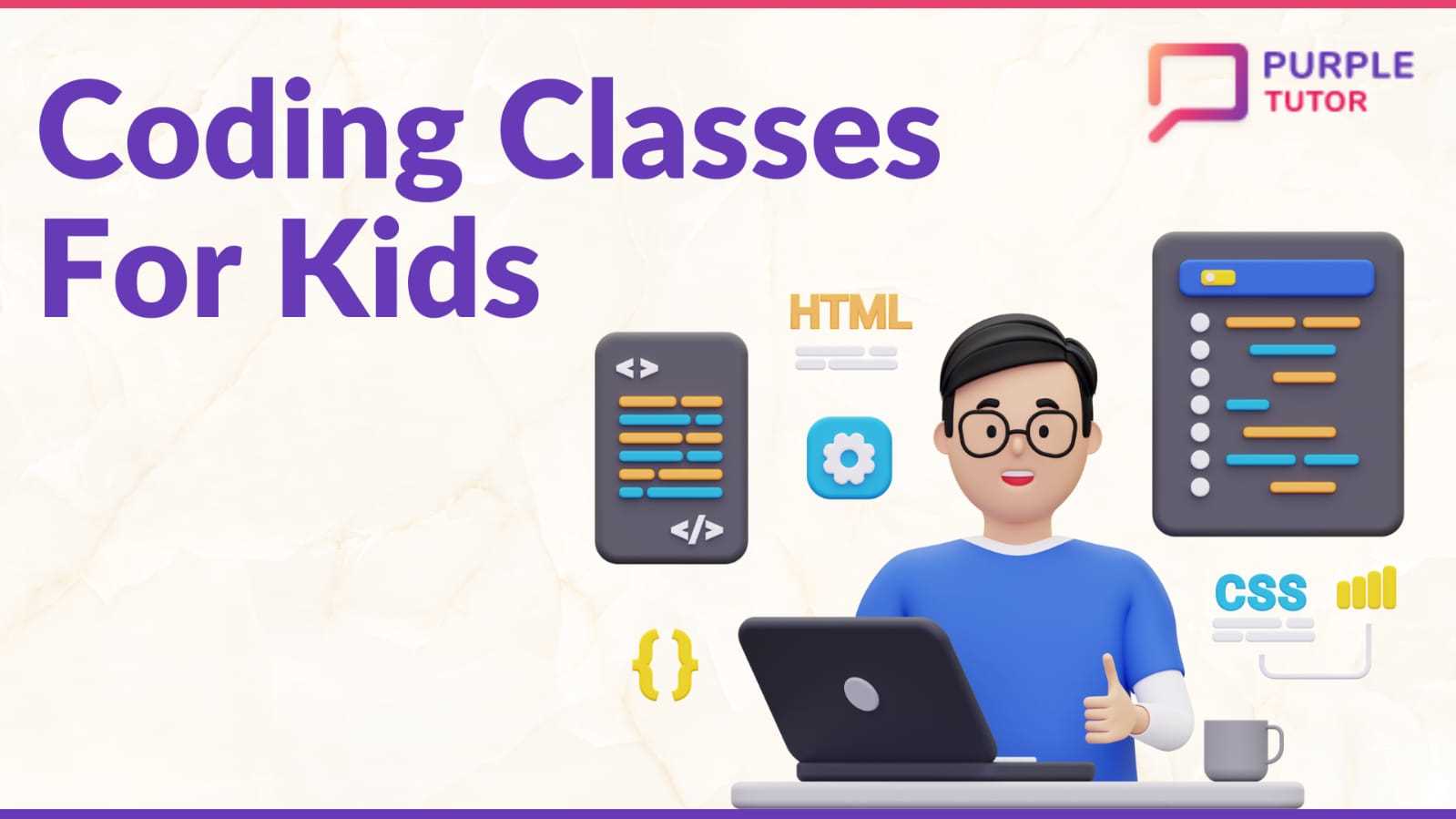
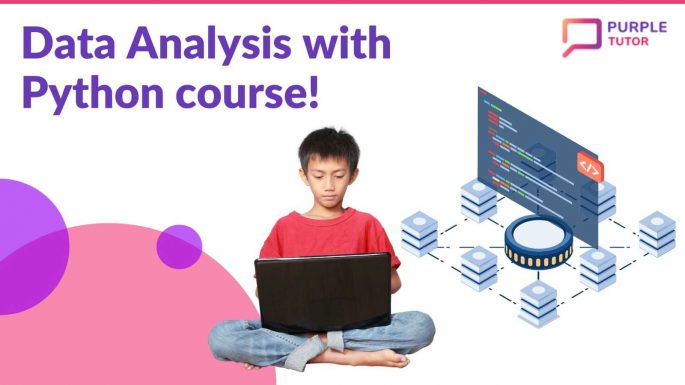
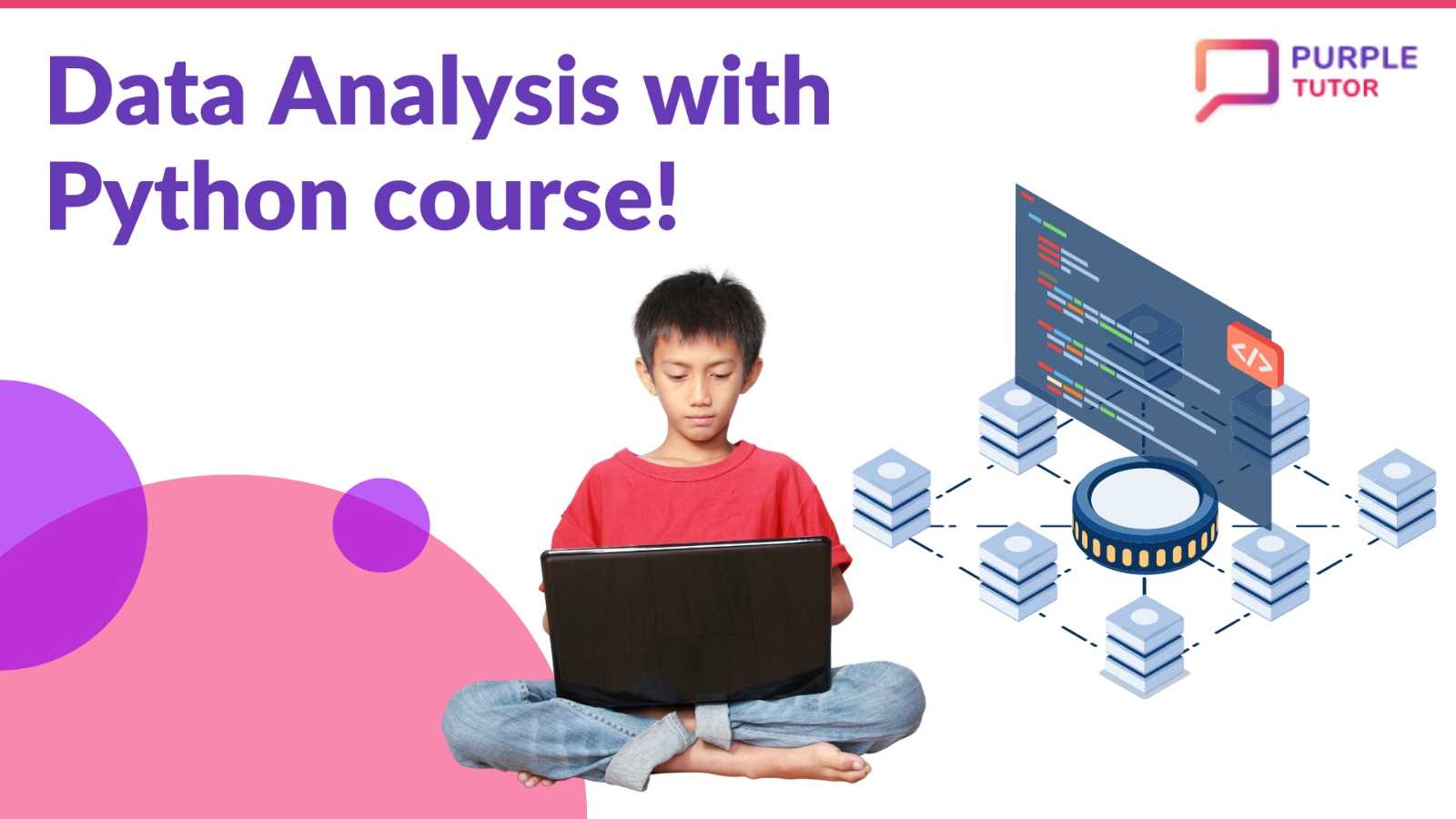
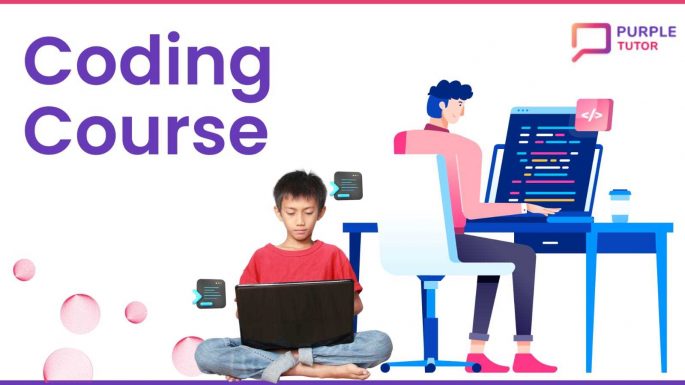
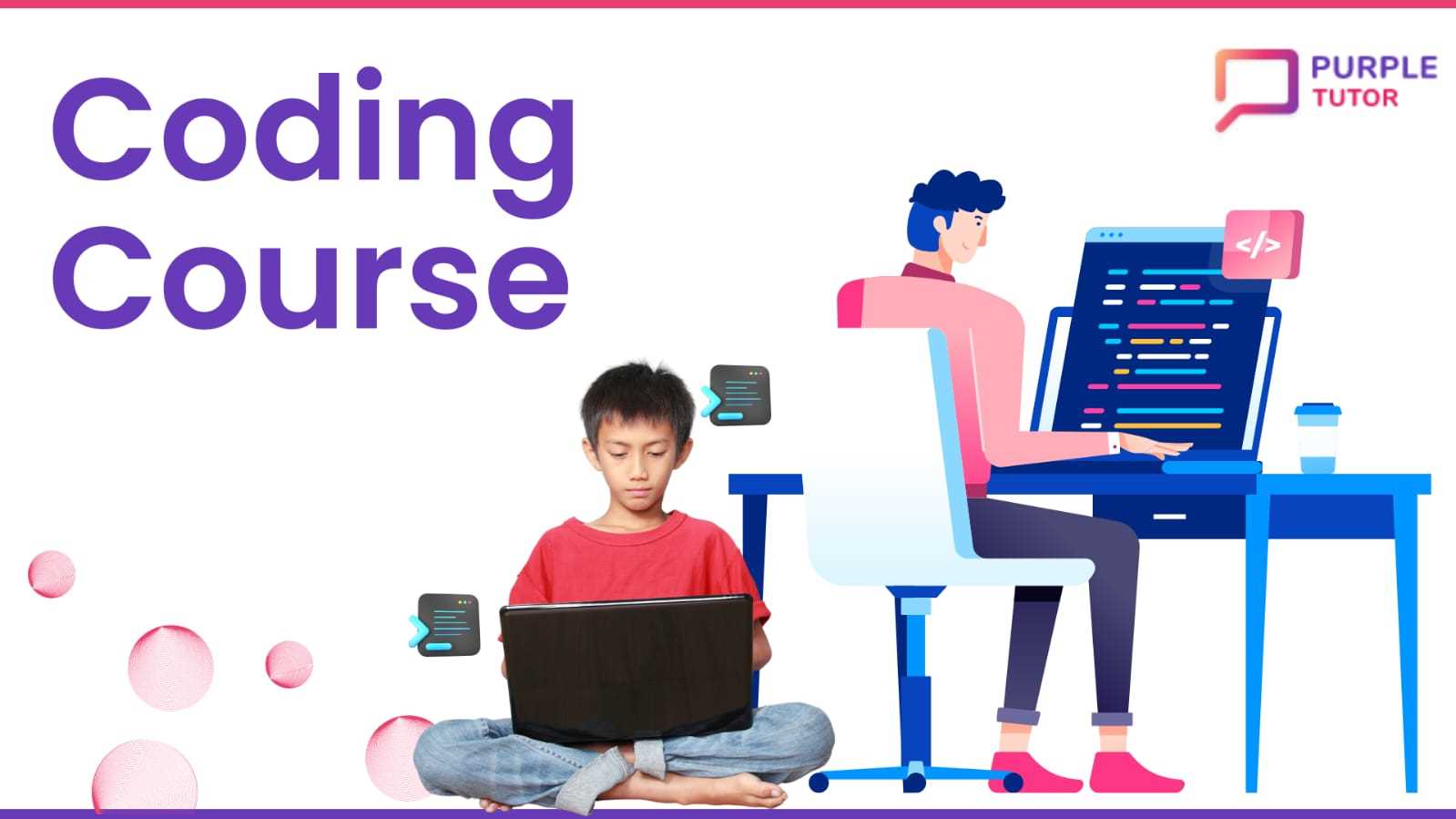
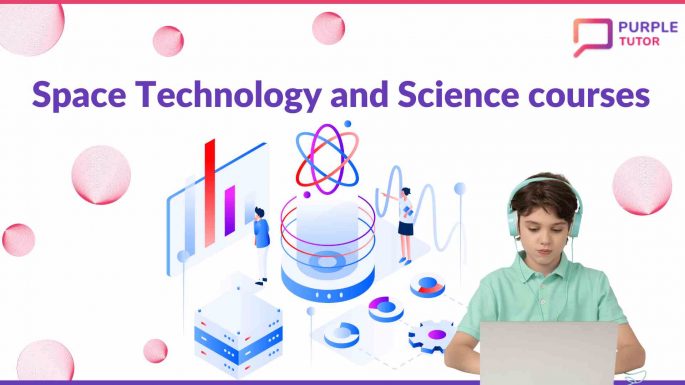
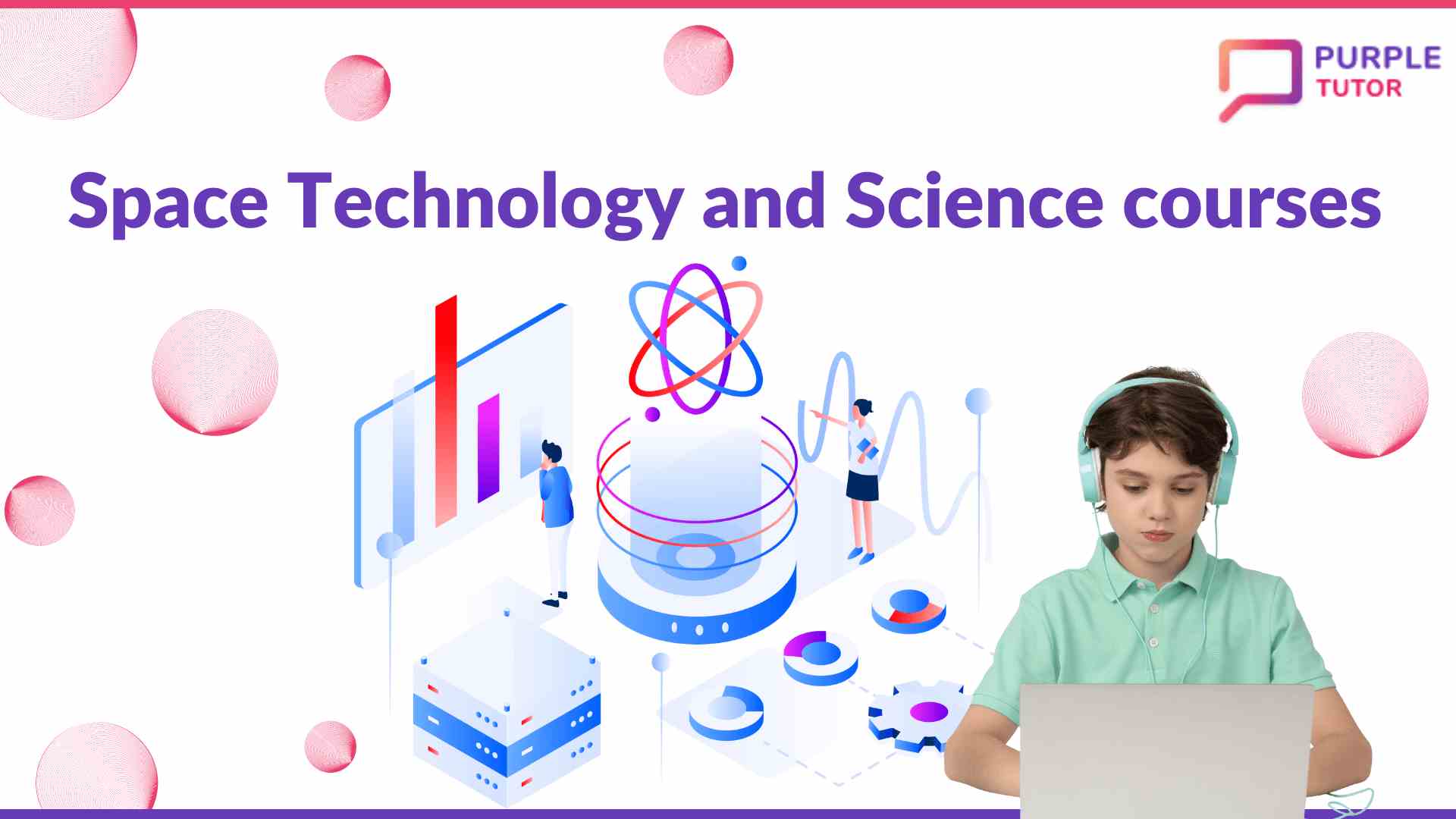
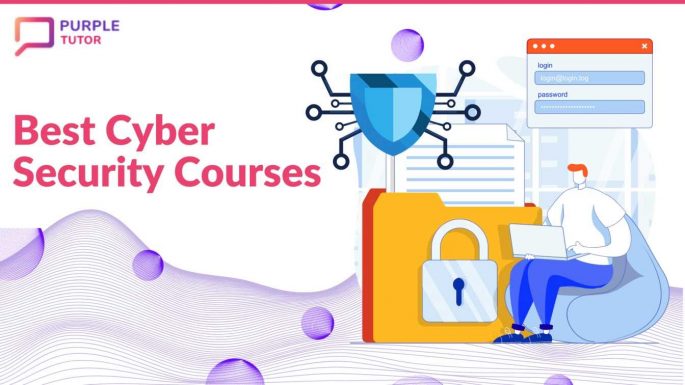

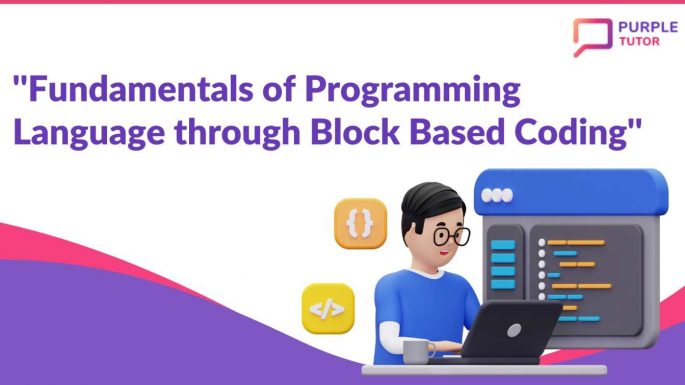
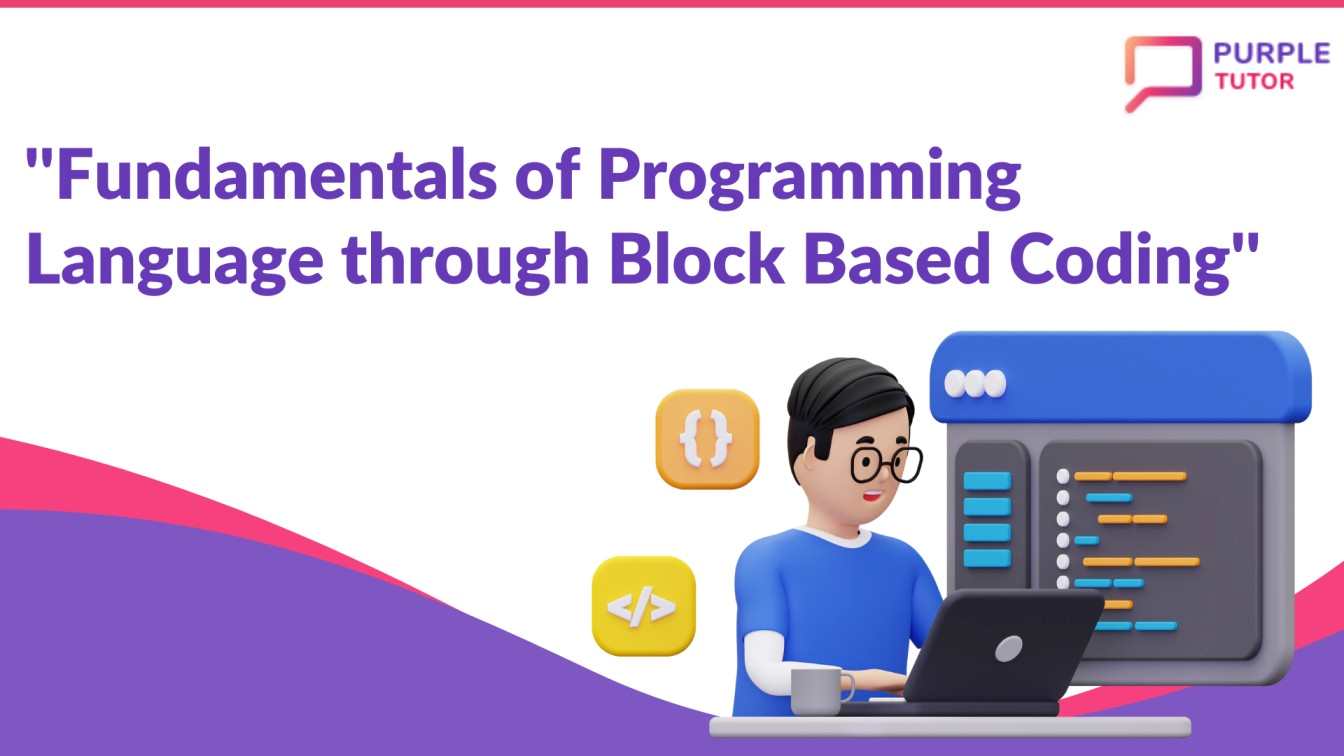
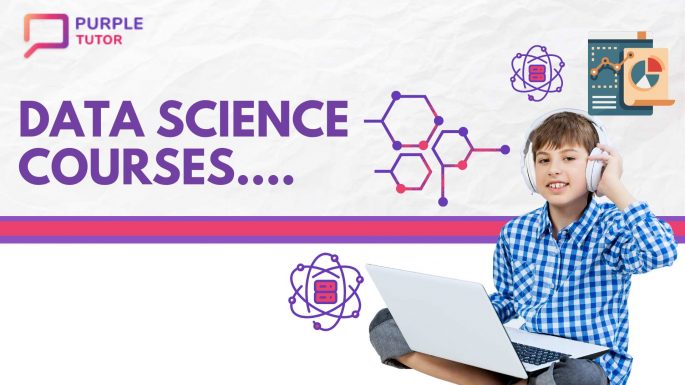
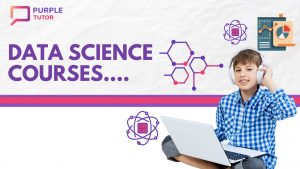 Data Science is a rapidly growing field that combines statistical analysis, machine learning, and computer science to extract insights from complex data sets. As the amount of available data continues to grow, so does the demand for data scientists. For young professionals looking to enter this field, there are a variety of educational options available, from full-time university programs to part-time online courses. Many universities now offer degree programs in data science that provide young professionals with comprehensive training in the field. Data scientist courses for students lay an excellent foundation who aspire to become data scientists. In this article, we will explore PurpleTutor’s best Data Scientist courses for the young generation.
Data Science is a rapidly growing field that combines statistical analysis, machine learning, and computer science to extract insights from complex data sets. As the amount of available data continues to grow, so does the demand for data scientists. For young professionals looking to enter this field, there are a variety of educational options available, from full-time university programs to part-time online courses. Many universities now offer degree programs in data science that provide young professionals with comprehensive training in the field. Data scientist courses for students lay an excellent foundation who aspire to become data scientists. In this article, we will explore PurpleTutor’s best Data Scientist courses for the young generation.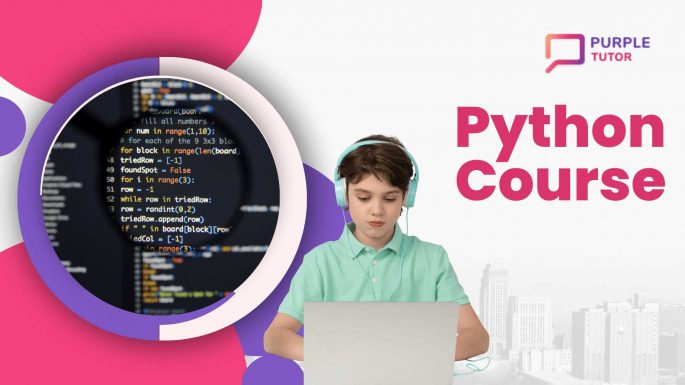
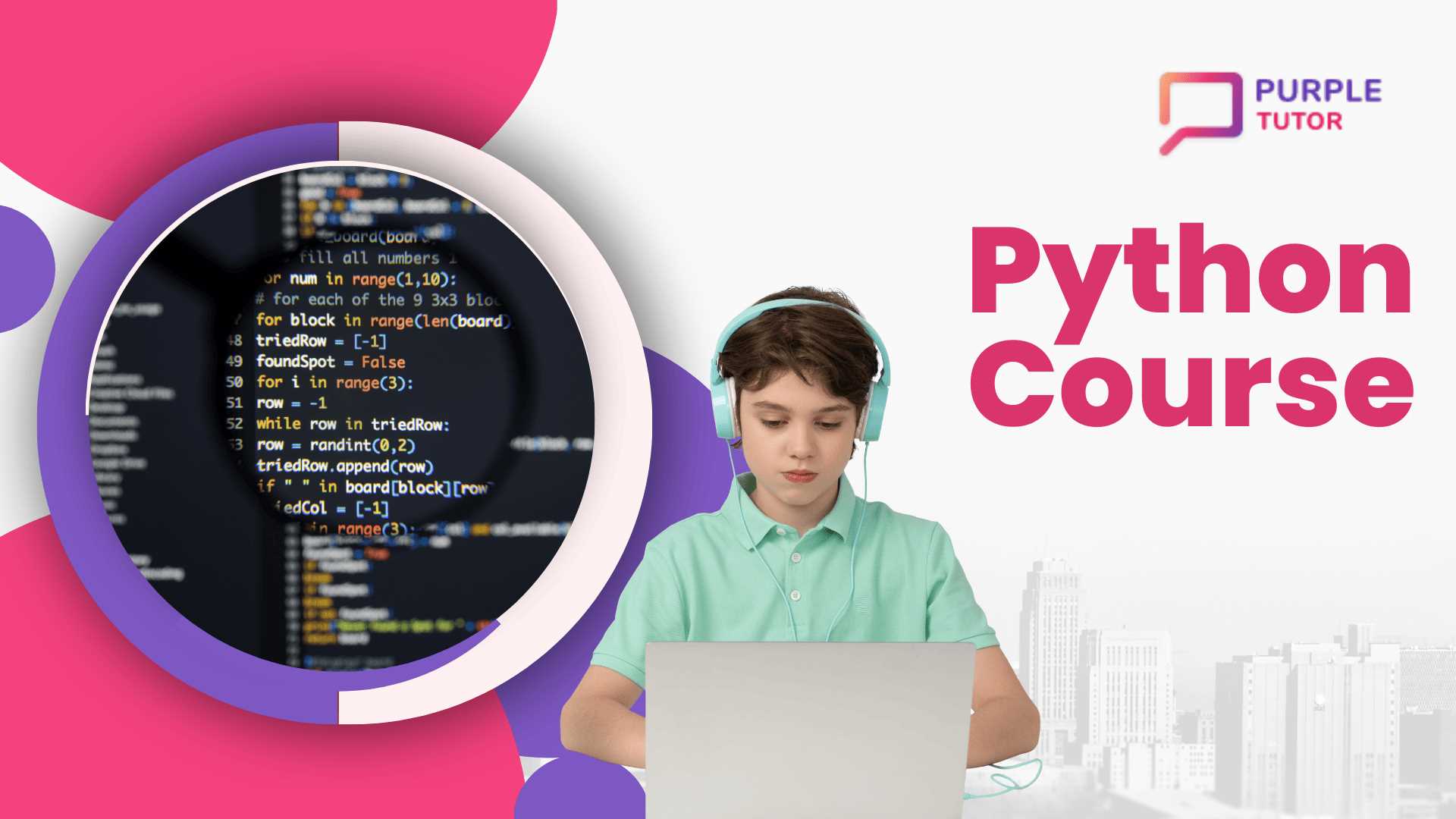
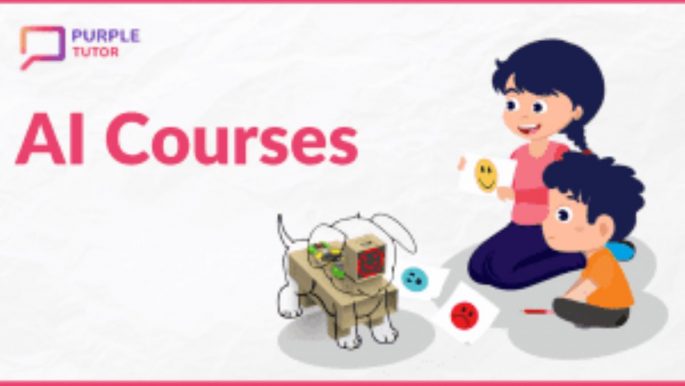
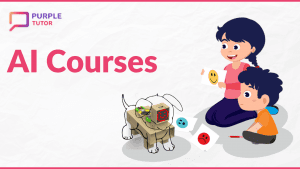 Artificial intelligence involves teaching computers how to “think.” As technology advances, artificial intelligence will become the norm. Artificial Intelligence (AI) and Machine Learning (ML) are two of the most rapidly growing fields in technology today. Using coding and programming, students become the designers of a computer’s “brain.” Any student who is a beginner and wishes to learn how to program, train, and test computers can take an AI course. Through a progressive approach, AI courses will also teach them how to build their own projects. When it comes to
Artificial intelligence involves teaching computers how to “think.” As technology advances, artificial intelligence will become the norm. Artificial Intelligence (AI) and Machine Learning (ML) are two of the most rapidly growing fields in technology today. Using coding and programming, students become the designers of a computer’s “brain.” Any student who is a beginner and wishes to learn how to program, train, and test computers can take an AI course. Through a progressive approach, AI courses will also teach them how to build their own projects. When it comes to 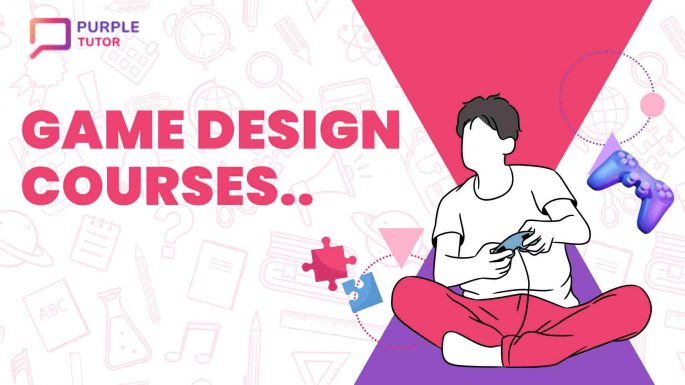
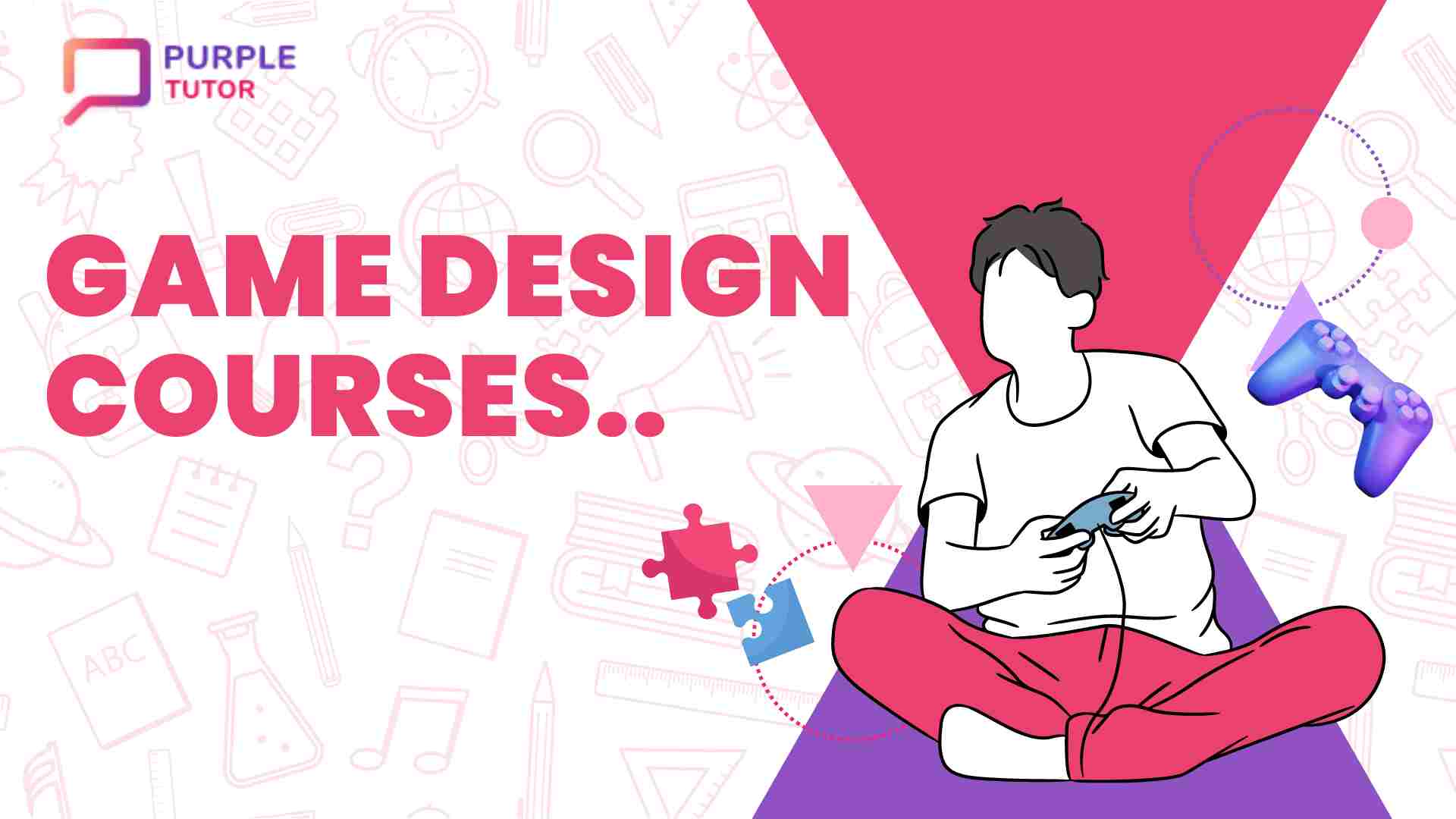 Games are created and developed through the process of game design. The goal is to create engaging and entertaining experiences for players by combining artistic expression, technical skills, and critical thinking. Modern entertainment is incomplete without video games, which capture the attention of millions of players every day. It’s no wonder that many young people are interested in taking a game designer course because of the growing popularity of gaming. Anyone who loves games and is creative will enjoy a game designer course from PurpleTutor. In this article, we’ll discuss how our game designer course
Games are created and developed through the process of game design. The goal is to create engaging and entertaining experiences for players by combining artistic expression, technical skills, and critical thinking. Modern entertainment is incomplete without video games, which capture the attention of millions of players every day. It’s no wonder that many young people are interested in taking a game designer course because of the growing popularity of gaming. Anyone who loves games and is creative will enjoy a game designer course from PurpleTutor. In this article, we’ll discuss how our game designer course 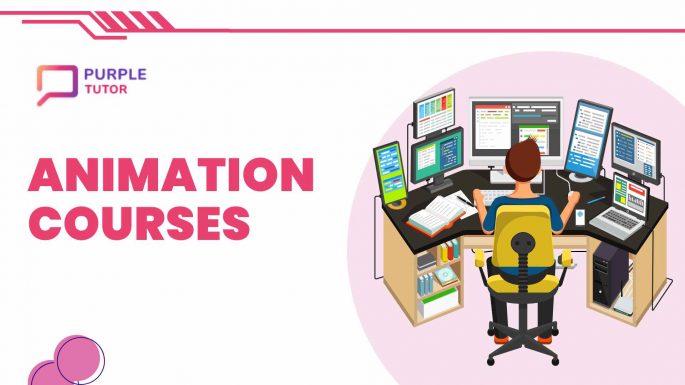

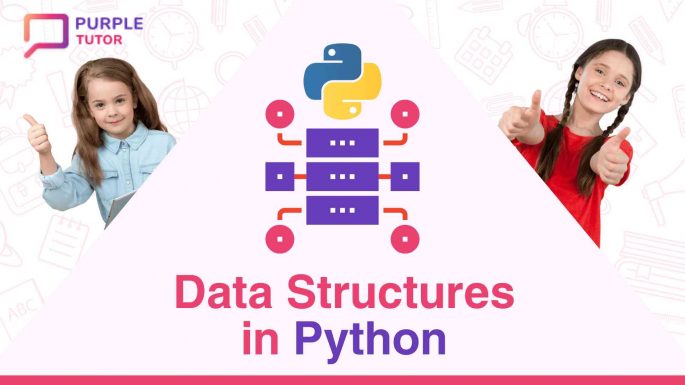
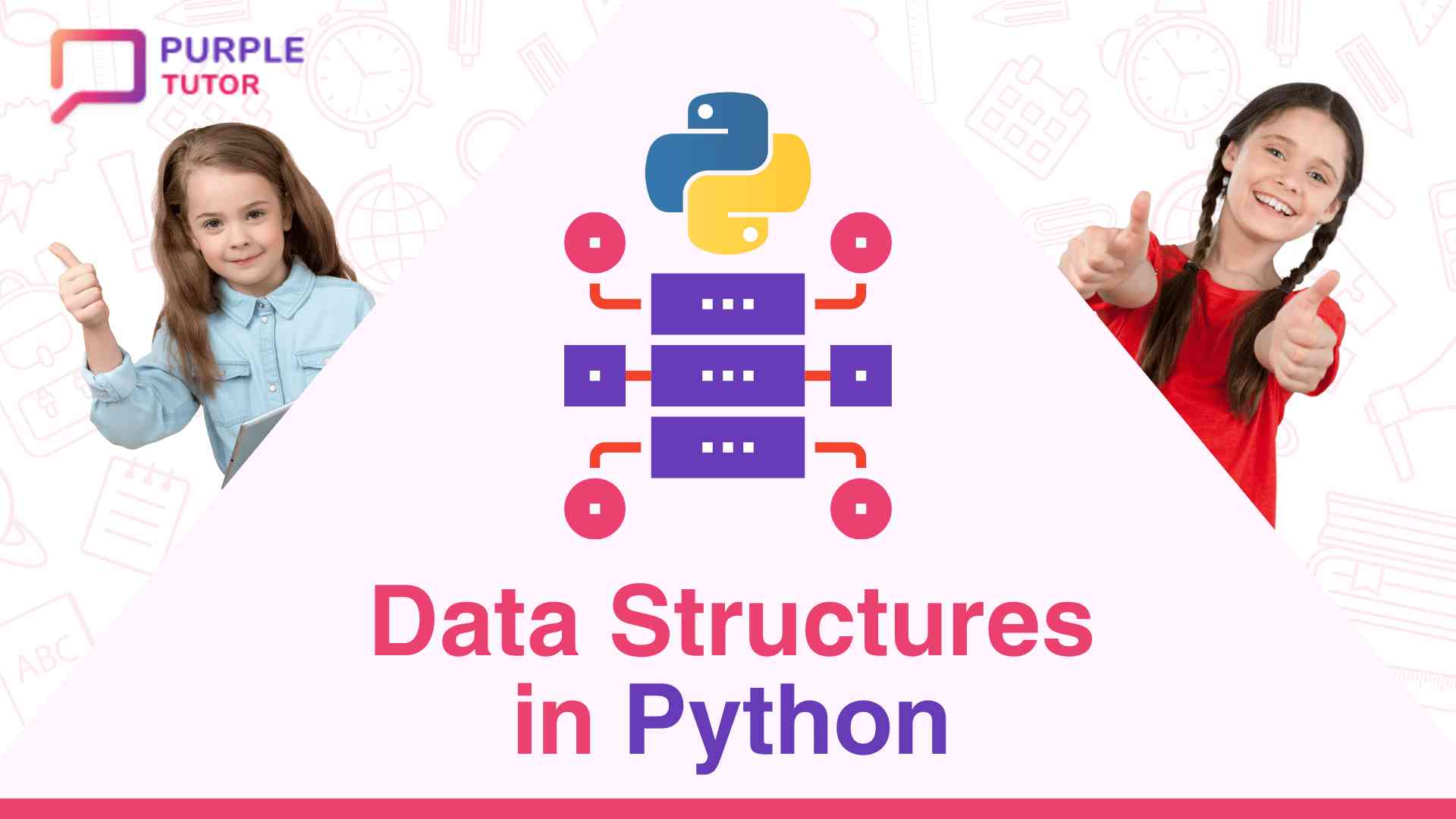 Python is one of the most widely used programming languages in the world today. Many popular applications have been developed using Python such as Google, Instagram, Youtube, Quora, to name a few. Python is also one of the top web-development languages – Django, an open-source framework for backend web applications is based on Python. As such, every aspiring software professional wishes to learn Python. Data structures are a very important part of
Python is one of the most widely used programming languages in the world today. Many popular applications have been developed using Python such as Google, Instagram, Youtube, Quora, to name a few. Python is also one of the top web-development languages – Django, an open-source framework for backend web applications is based on Python. As such, every aspiring software professional wishes to learn Python. Data structures are a very important part of 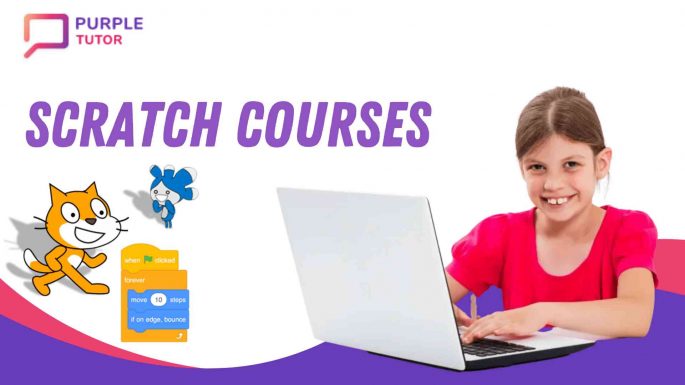
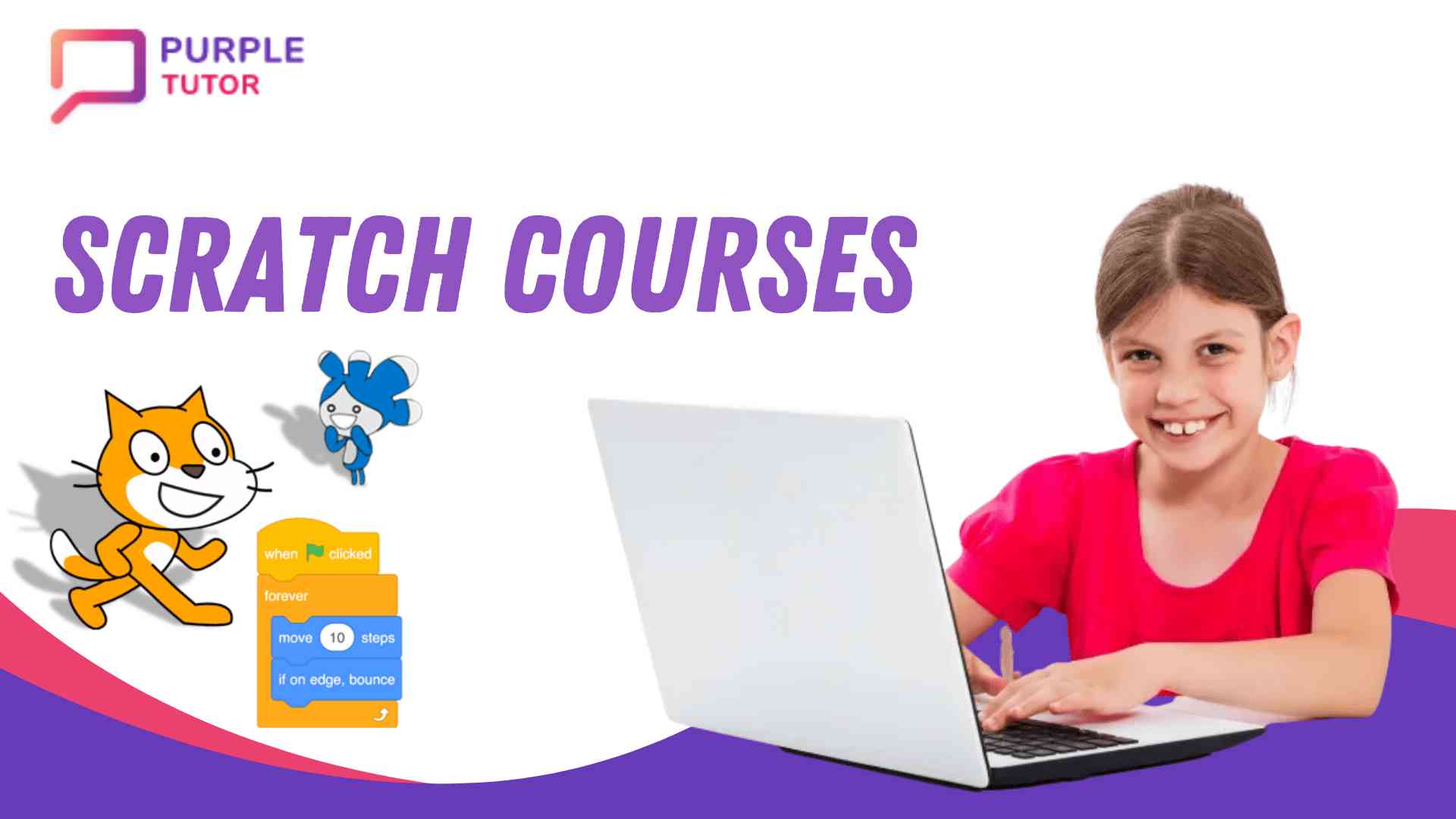 Scratch is a block-based visual
Scratch is a block-based visual 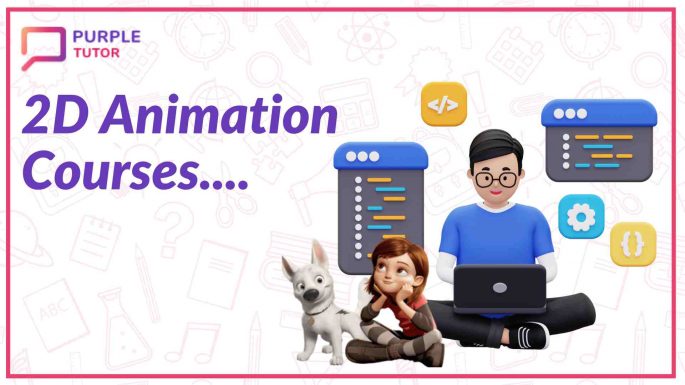
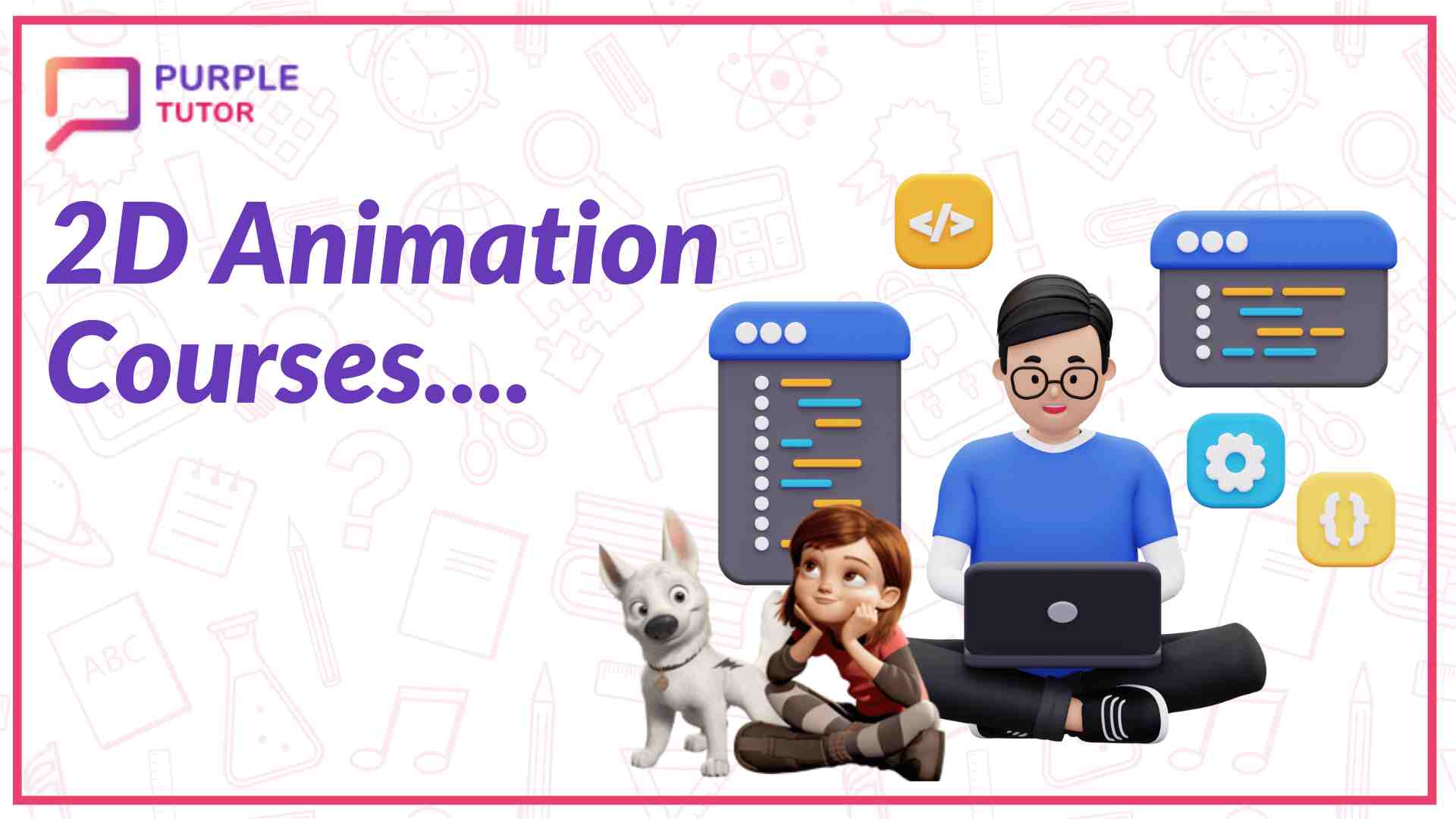
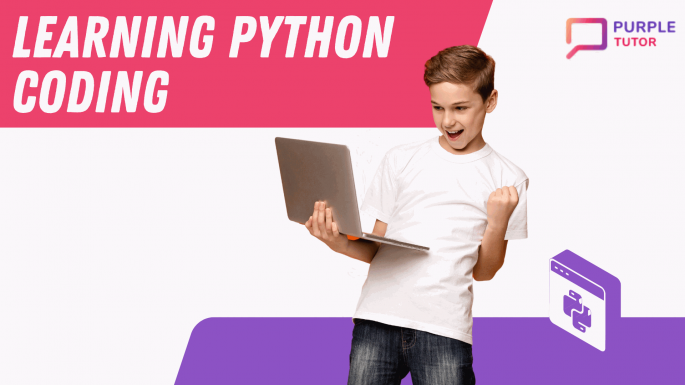
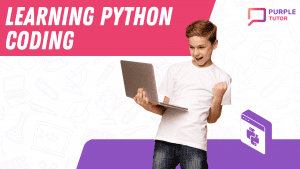 Python is one of the most popular high-level programming languages in the world today. And therefore, Python coding is a vitally necessary skill for the future generation of coders. Python is here to stay, and since it’s never too early to start preparing kids for the future, we need to have them learn Python as well as they can. Kids need to learn Python
Python is one of the most popular high-level programming languages in the world today. And therefore, Python coding is a vitally necessary skill for the future generation of coders. Python is here to stay, and since it’s never too early to start preparing kids for the future, we need to have them learn Python as well as they can. Kids need to learn Python 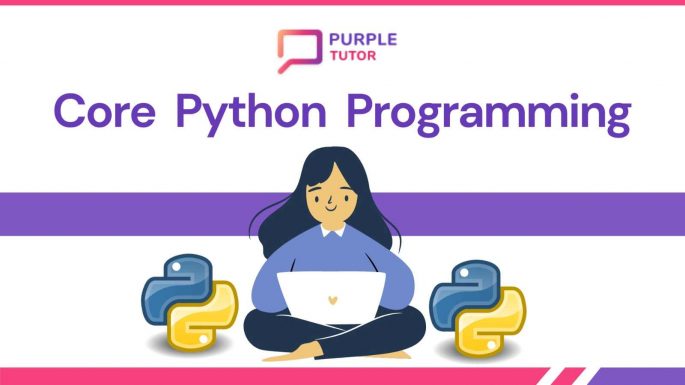
 Python programming courses are educational programs that aim to teach students the basics and advanced concepts of the Python
Python programming courses are educational programs that aim to teach students the basics and advanced concepts of the Python 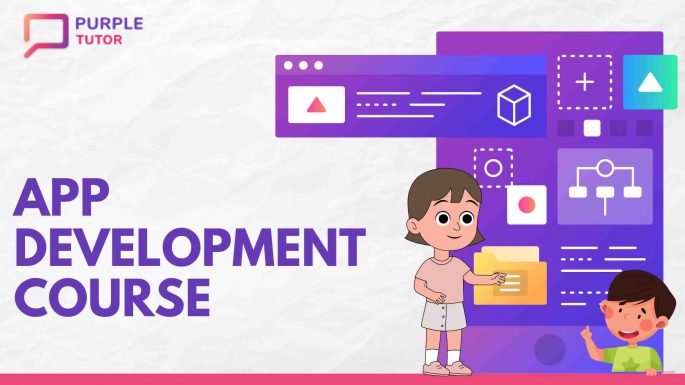
 An app development course is a program of study that teaches students how to design, build, and maintain applications for mobile devices, such as smartphones and tablets. Mobile application development can help children develop critical thinking, problem-solving skills, and can also foster creativity and innovation.
An app development course is a program of study that teaches students how to design, build, and maintain applications for mobile devices, such as smartphones and tablets. Mobile application development can help children develop critical thinking, problem-solving skills, and can also foster creativity and innovation.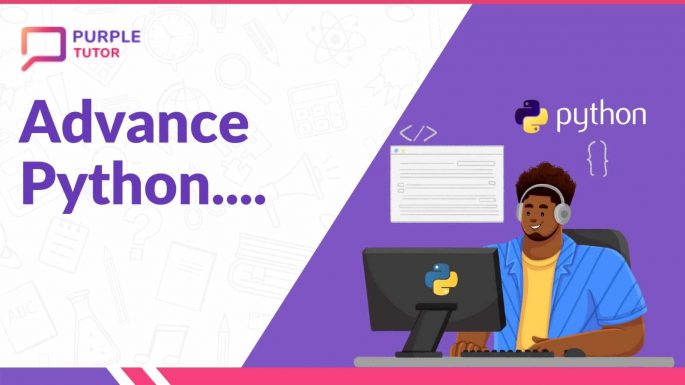
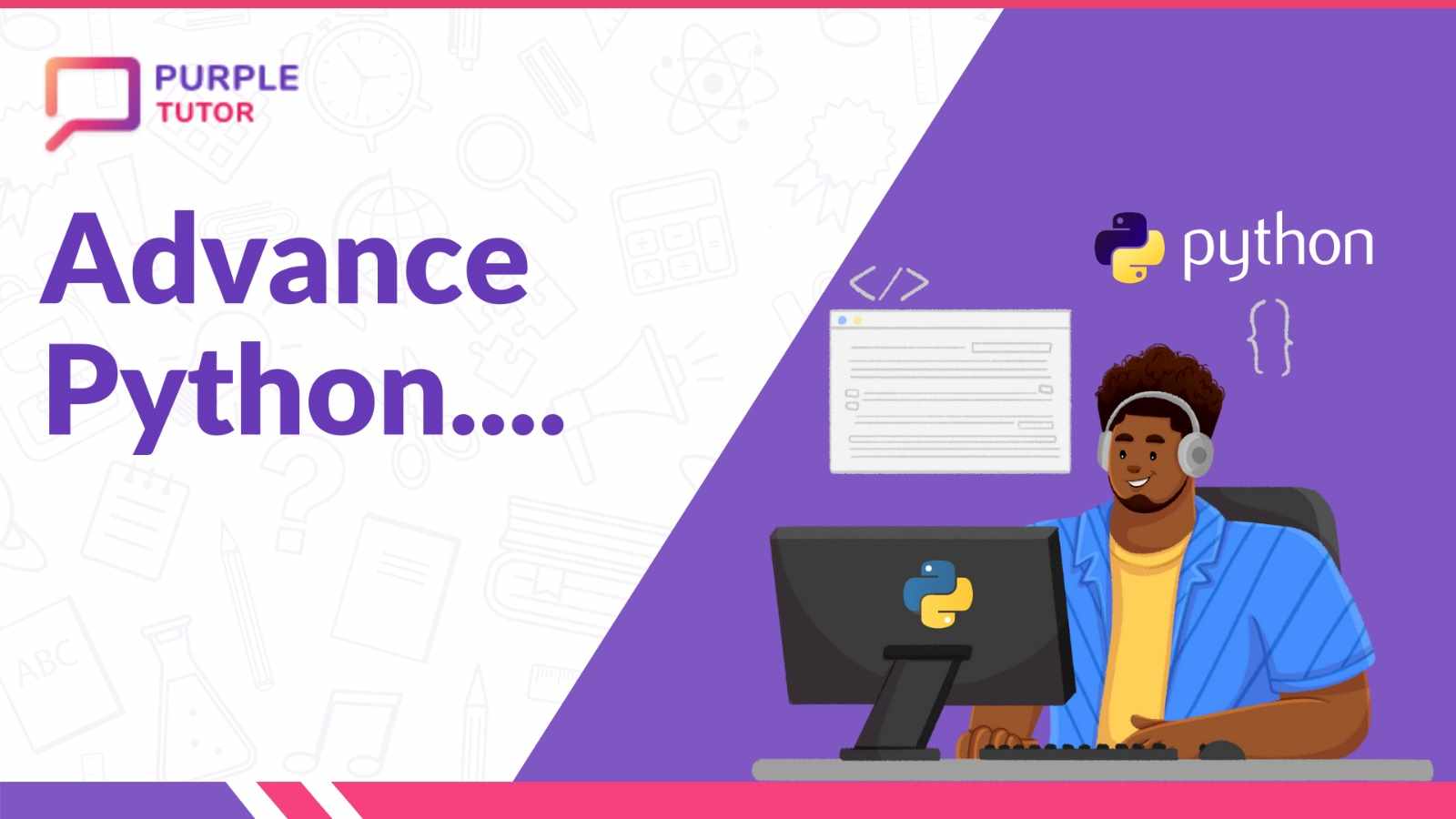 Advanced Python courses are training programs designed to teach students who are familiar with the basic Python programming concepts. These courses are generally designed to help develop students’
Advanced Python courses are training programs designed to teach students who are familiar with the basic Python programming concepts. These courses are generally designed to help develop students’ 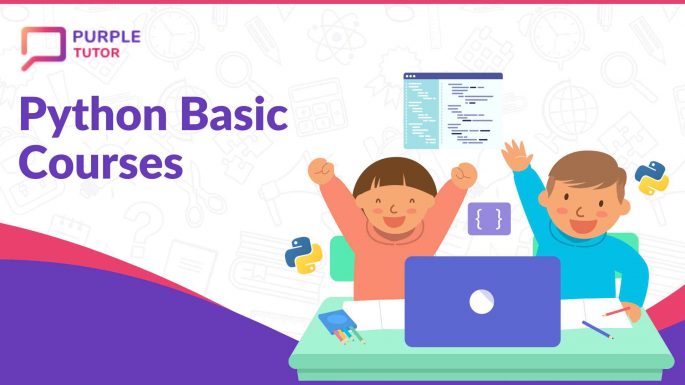
 Python basic courses are introductory level courses designed to provide learners with a foundational understanding of the Python
Python basic courses are introductory level courses designed to provide learners with a foundational understanding of the Python 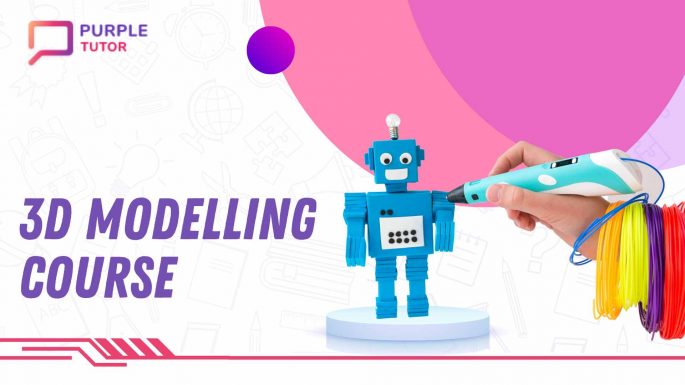
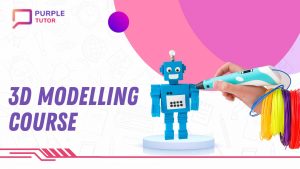
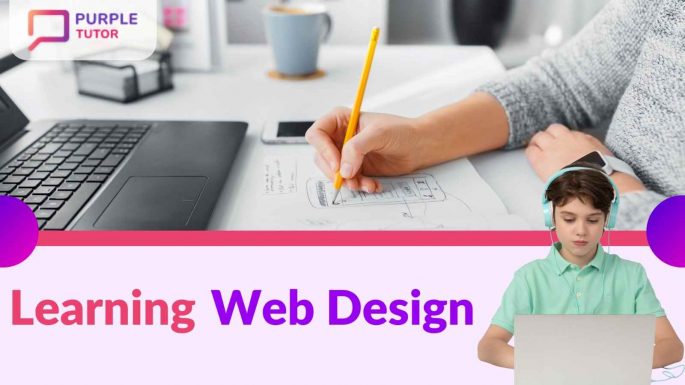
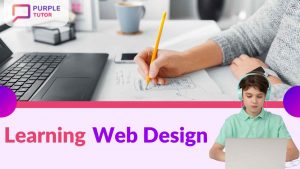
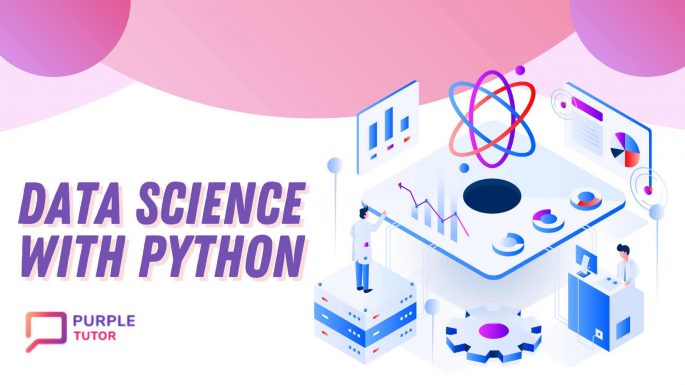
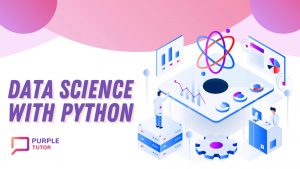 Data science is an interdisciplinary field that uses scientific methods and systems to extract knowledge and insights from data in various forms. Since its inception, the Python
Data science is an interdisciplinary field that uses scientific methods and systems to extract knowledge and insights from data in various forms. Since its inception, the Python 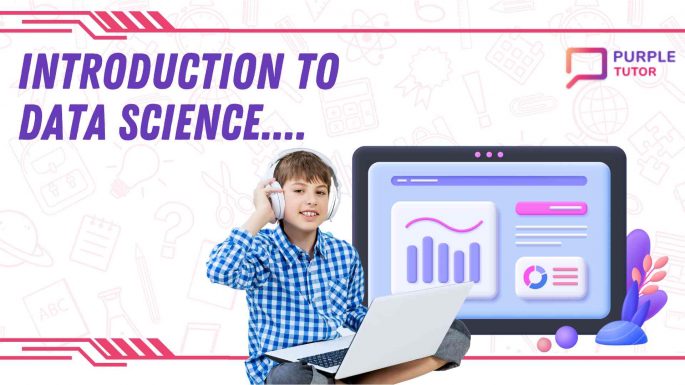
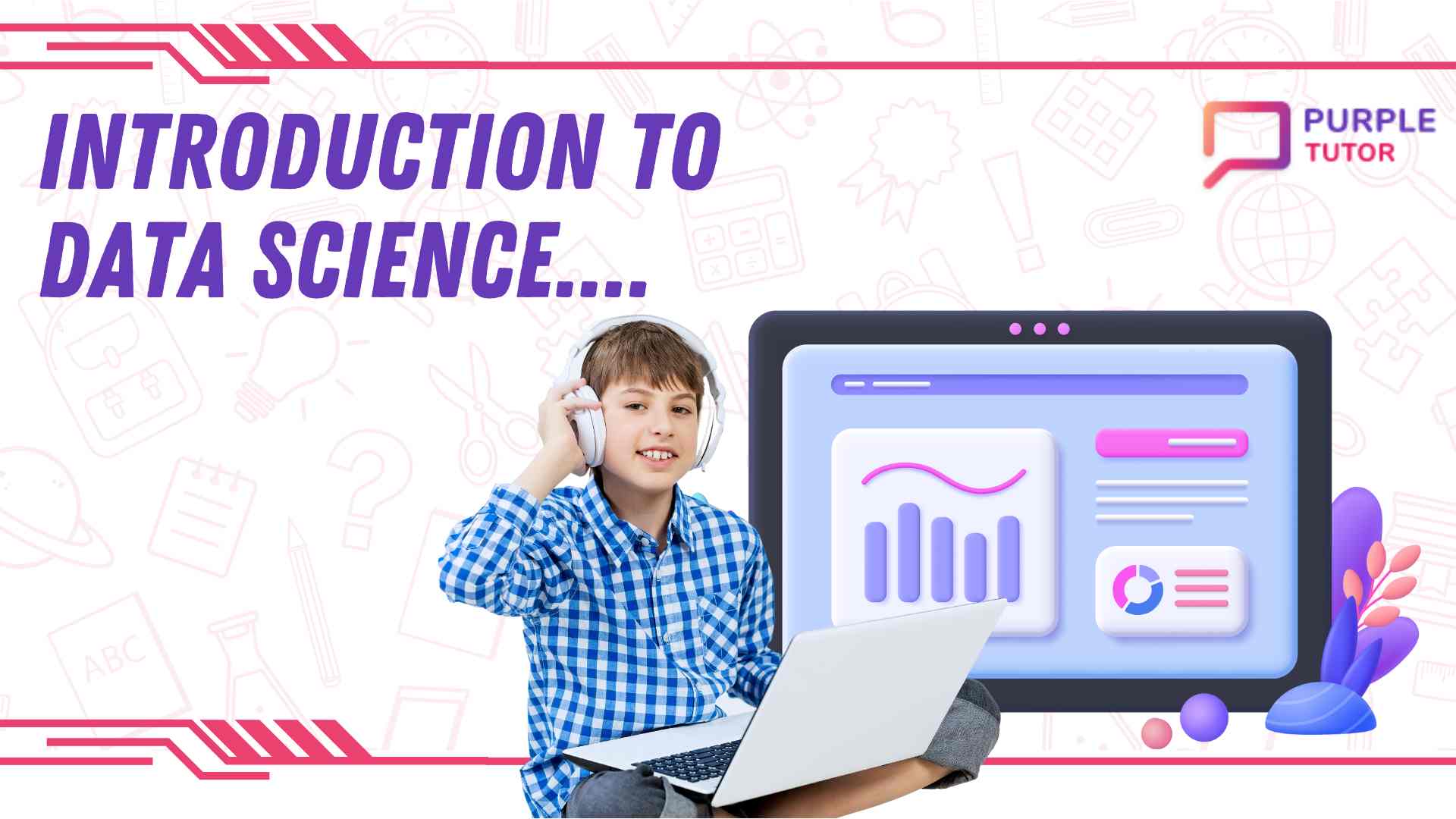
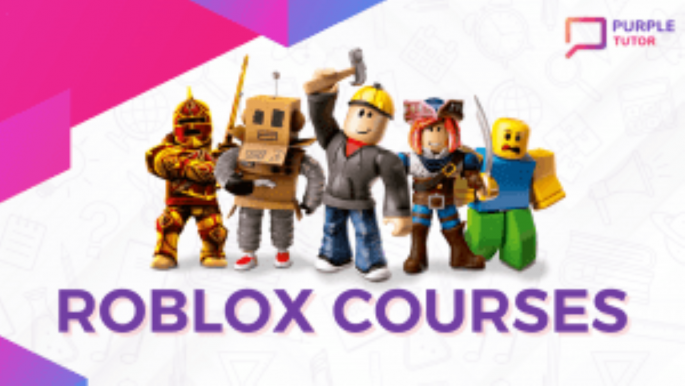
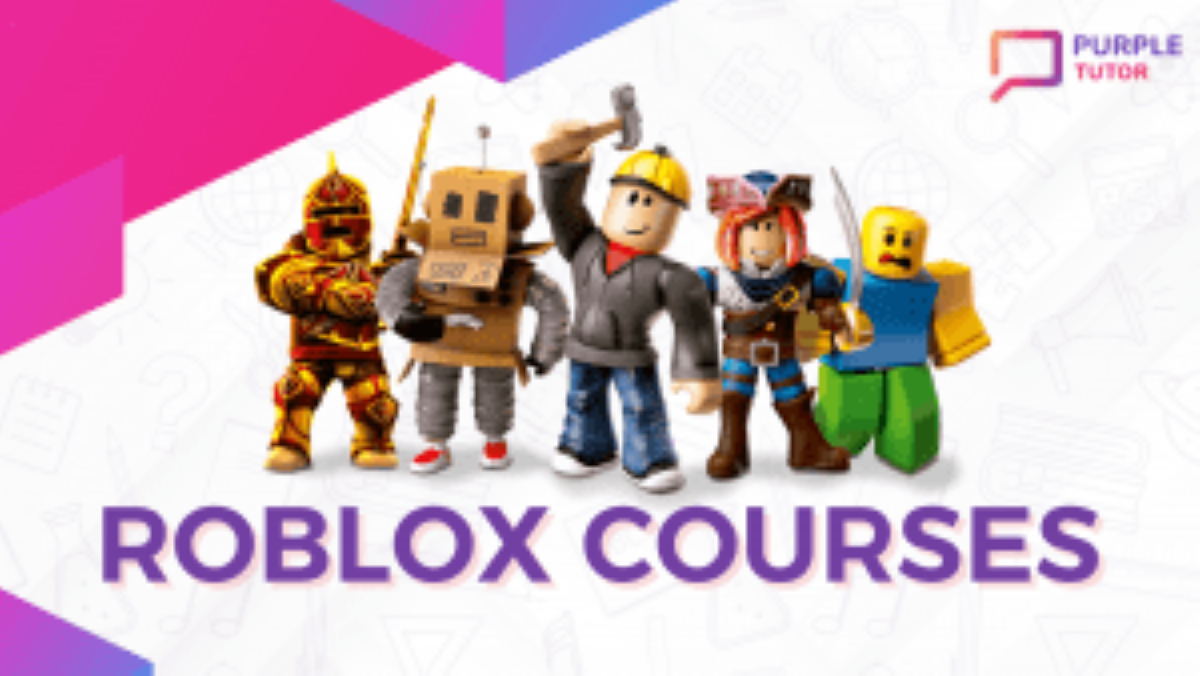 Roblox is a multiplayer online platform that allows users to create their own games and also play games created by other users. Players of all ages enjoy creating, playing, and exploring a virtually endless world of games and experiences on Roblox. Taking a Roblox course is a great way to learn how to create your own games with Roblox. With a wide variety of Roblox
Roblox is a multiplayer online platform that allows users to create their own games and also play games created by other users. Players of all ages enjoy creating, playing, and exploring a virtually endless world of games and experiences on Roblox. Taking a Roblox course is a great way to learn how to create your own games with Roblox. With a wide variety of Roblox 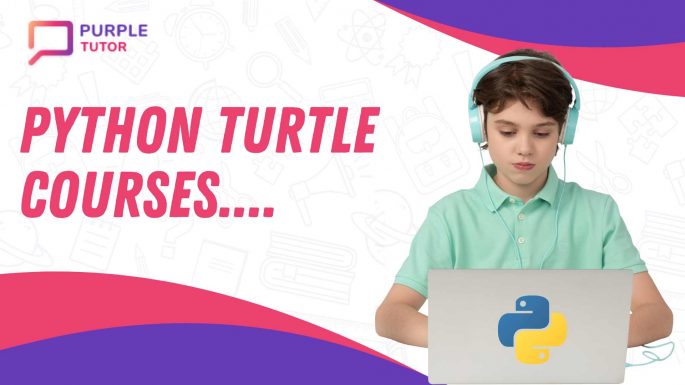
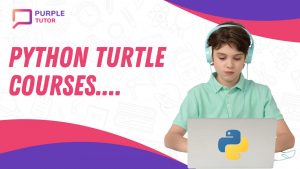 Python Turtle is a module in the Python
Python Turtle is a module in the Python 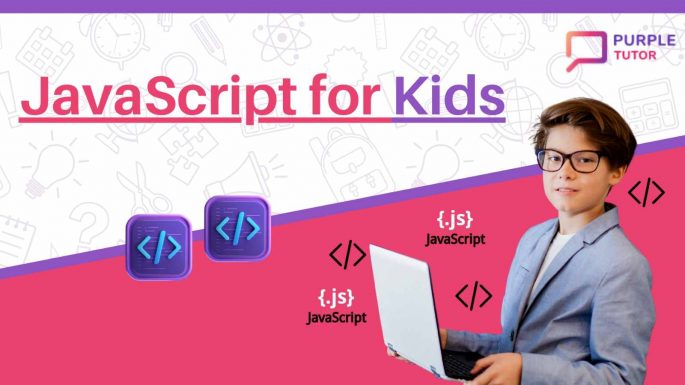
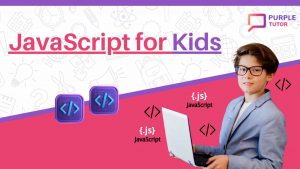 JavaScript is the most widely used
JavaScript is the most widely used 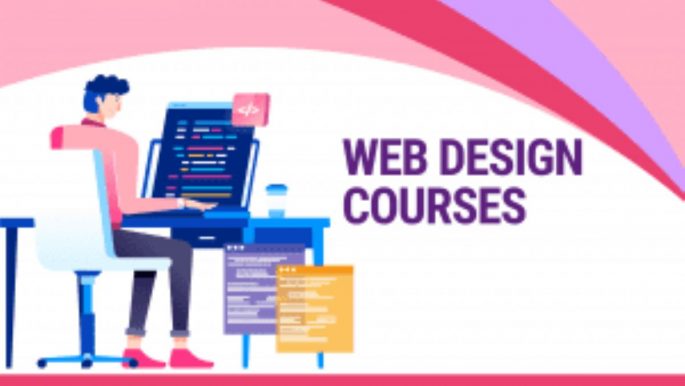
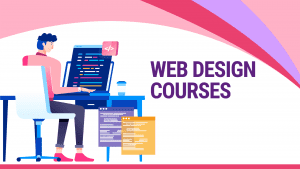 In today’s digital age, web design skills are more important than ever. Whether it’s for personal use or as a career, having the ability to design and build a website can open up a world of possibilities. That’s why web design courses for kids have become so popular in recent years. By enrolling their children in a web design course, parents can help them develop both their creativity, technical skills, and prepare them for the future.
In today’s digital age, web design skills are more important than ever. Whether it’s for personal use or as a career, having the ability to design and build a website can open up a world of possibilities. That’s why web design courses for kids have become so popular in recent years. By enrolling their children in a web design course, parents can help them develop both their creativity, technical skills, and prepare them for the future.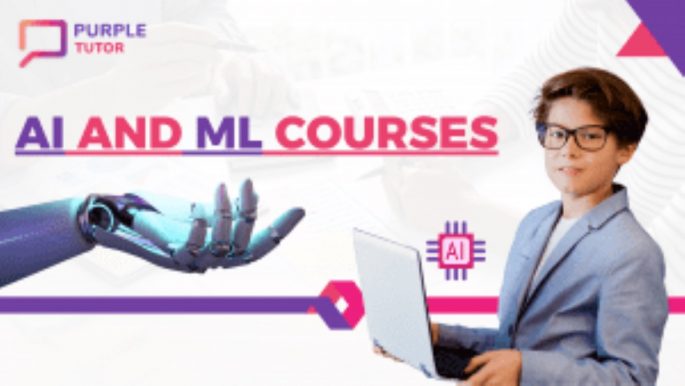
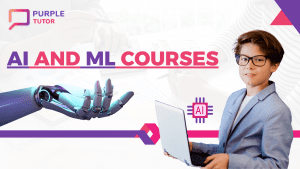 What Is AI and ML?
What Is AI and ML?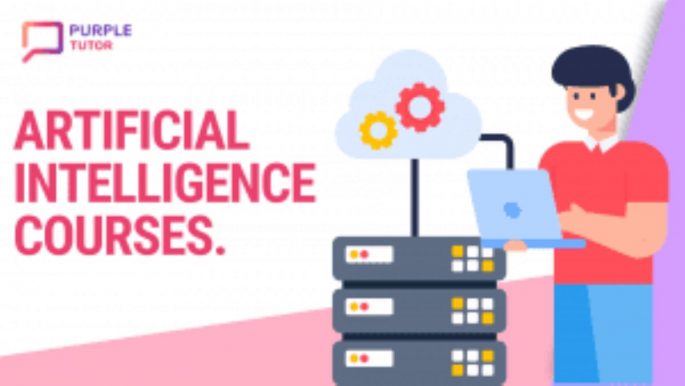
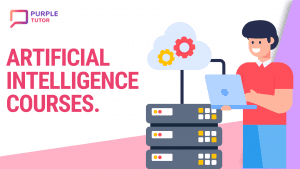 Artificial Intelligence has become one of the most in-demand fields in recent years. It is a high-growth industry that offers a multitude of opportunities for people with a passion for technology and a desire to make a difference. With the increasing popularity of Artificial Intelligence, there has been a surge in students pursuing an Artificial Intelligence course available online or offline. In this article, we will take a closer look at PurpleTutor’s Artificial Intelligence course which is one of the best AI courses online.
Artificial Intelligence has become one of the most in-demand fields in recent years. It is a high-growth industry that offers a multitude of opportunities for people with a passion for technology and a desire to make a difference. With the increasing popularity of Artificial Intelligence, there has been a surge in students pursuing an Artificial Intelligence course available online or offline. In this article, we will take a closer look at PurpleTutor’s Artificial Intelligence course which is one of the best AI courses online.
